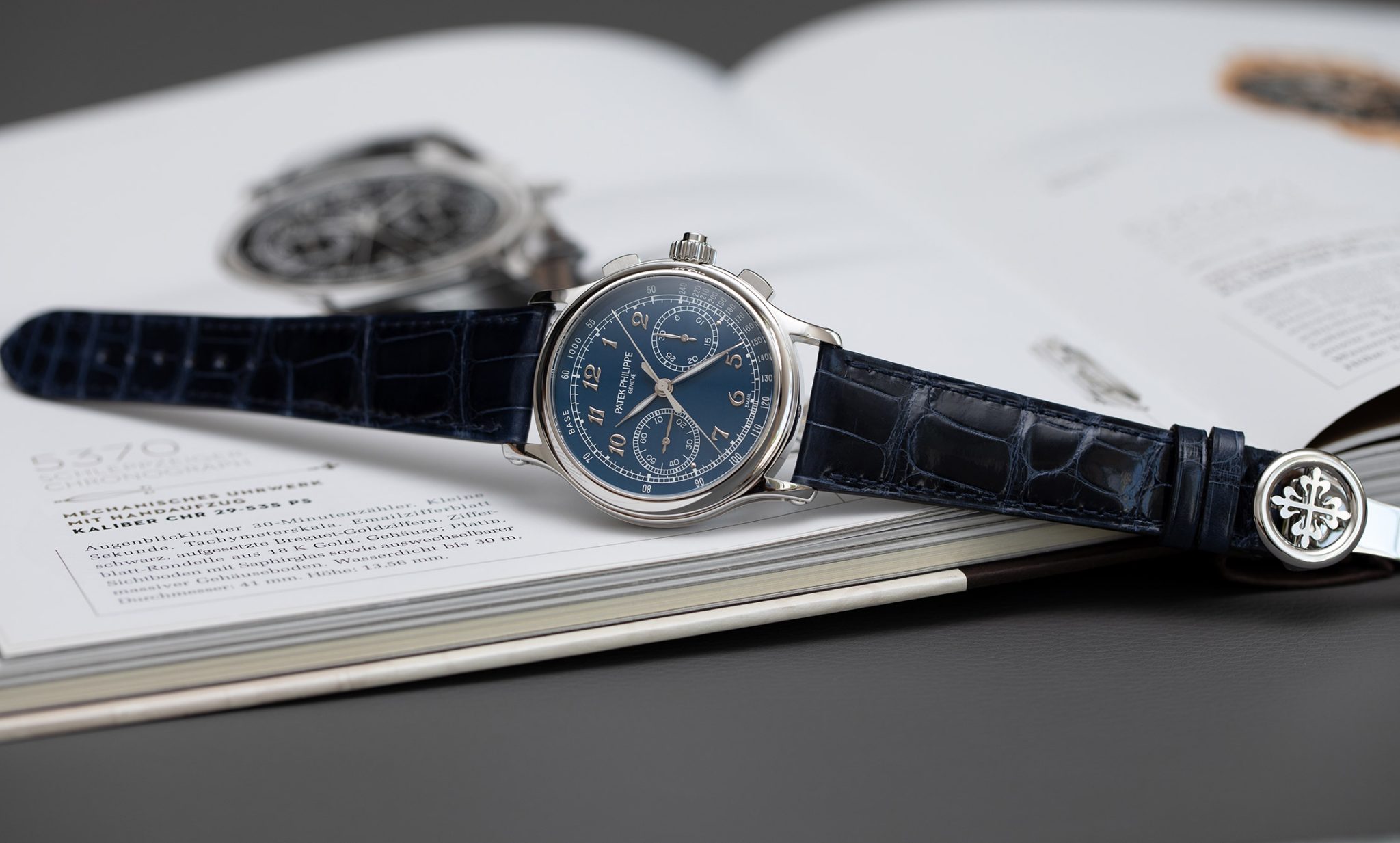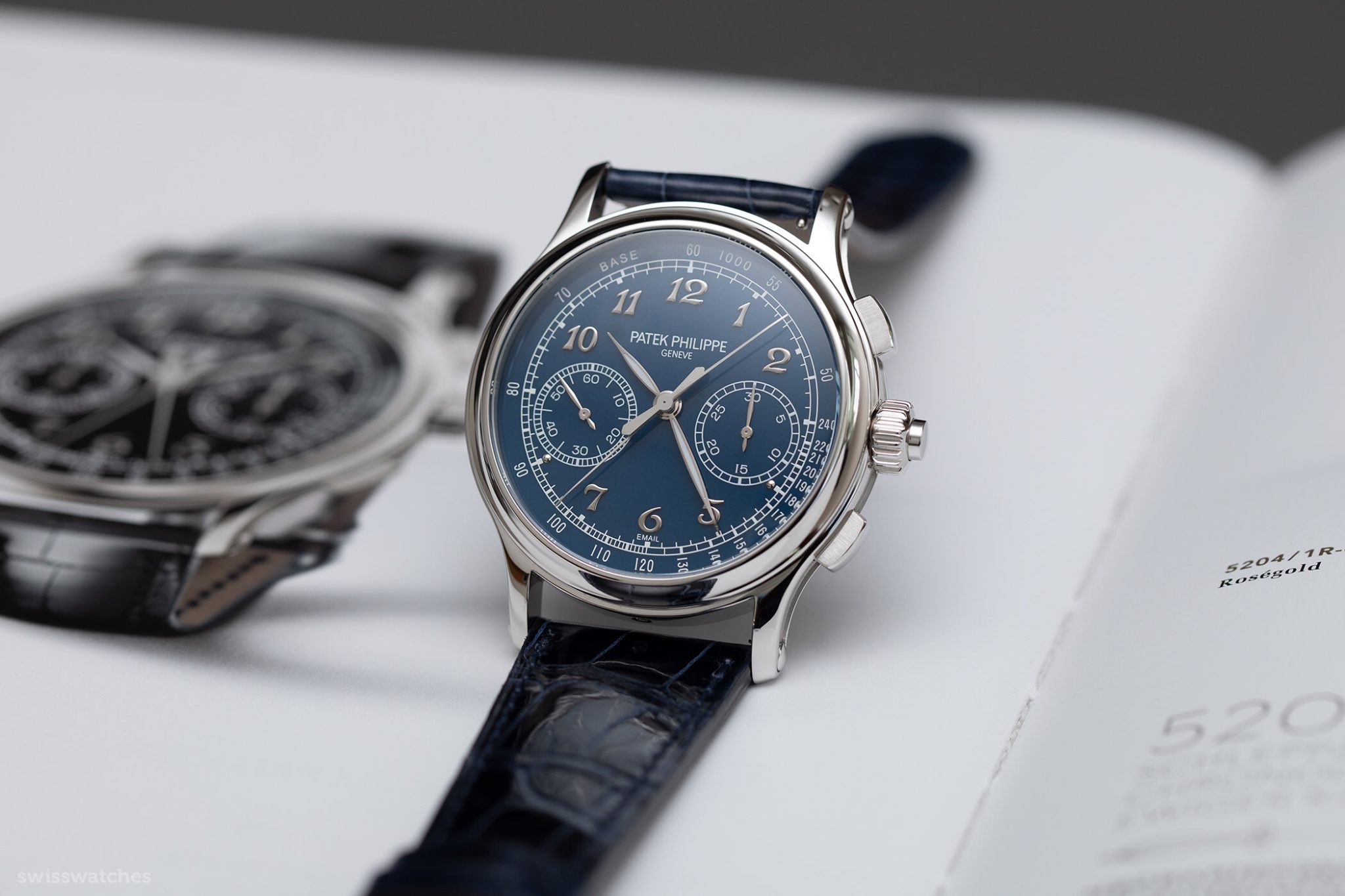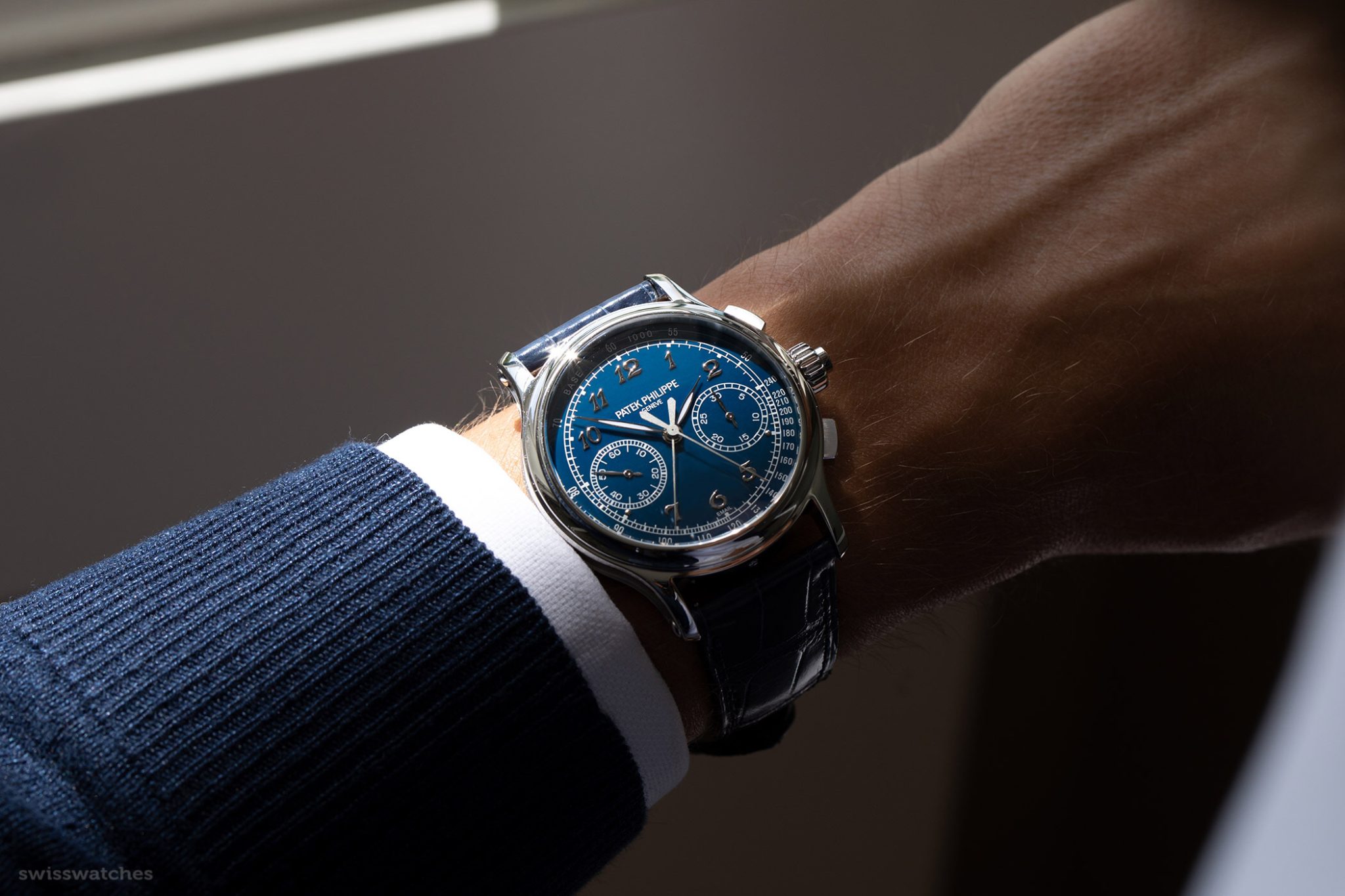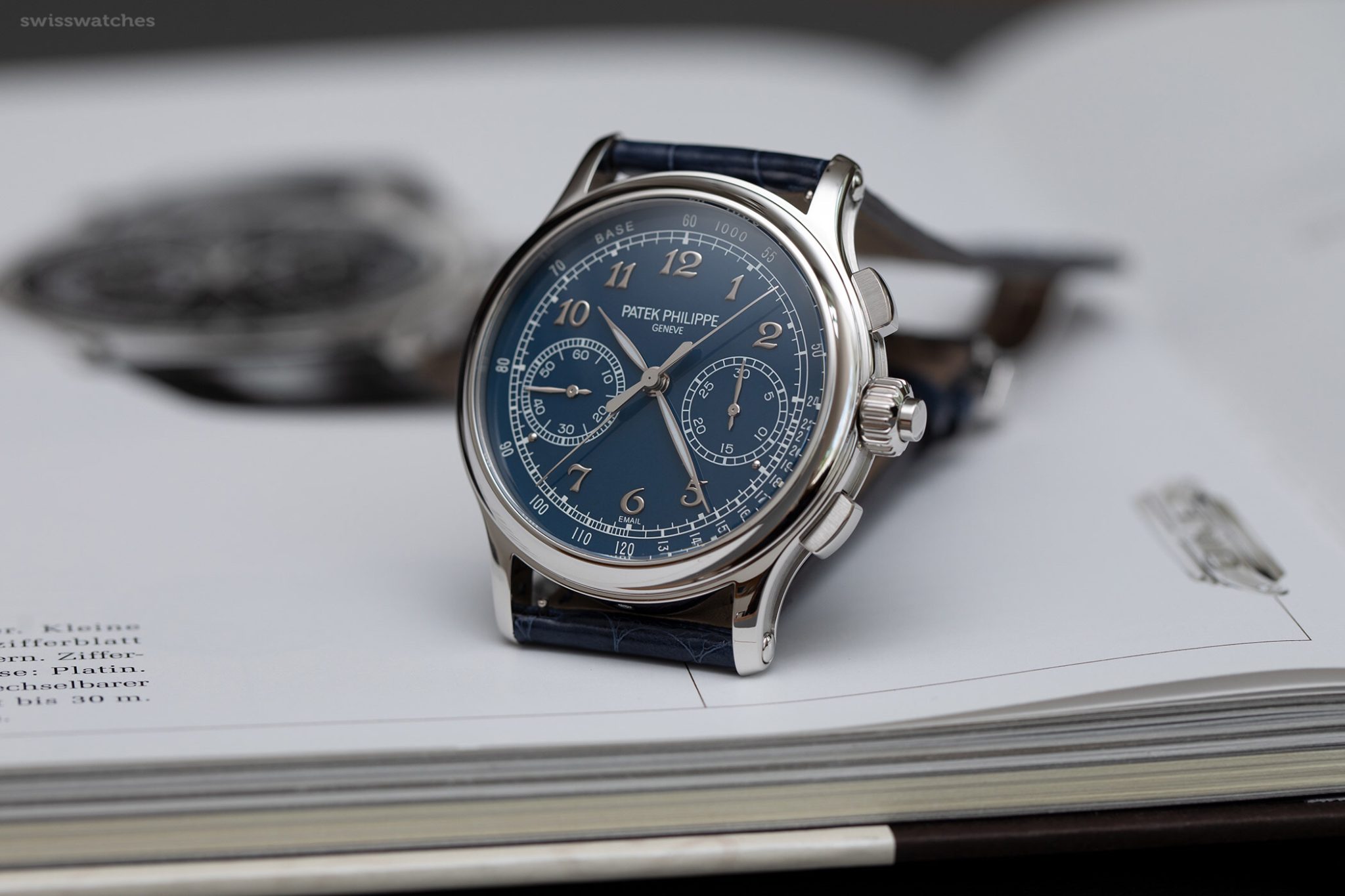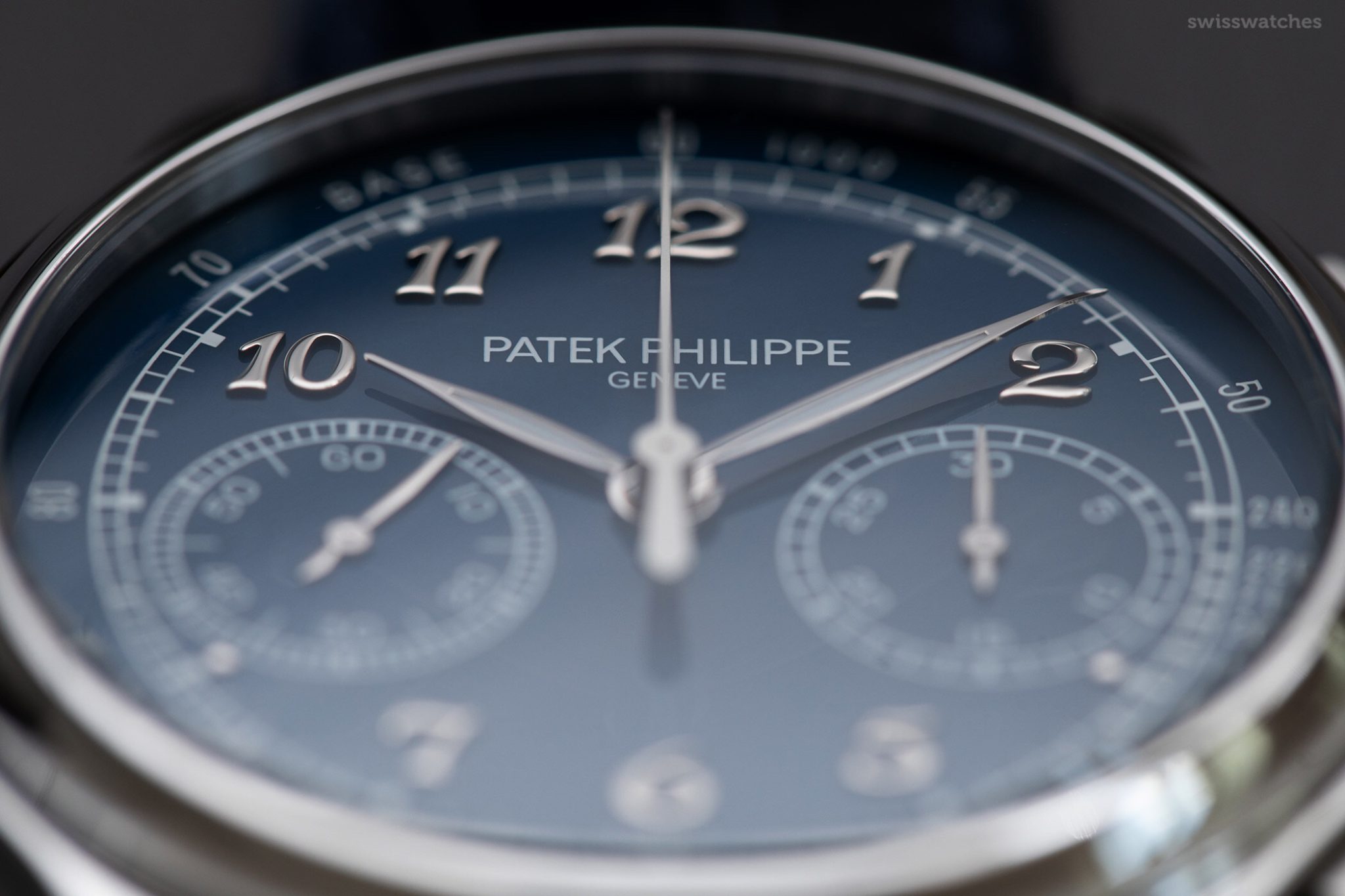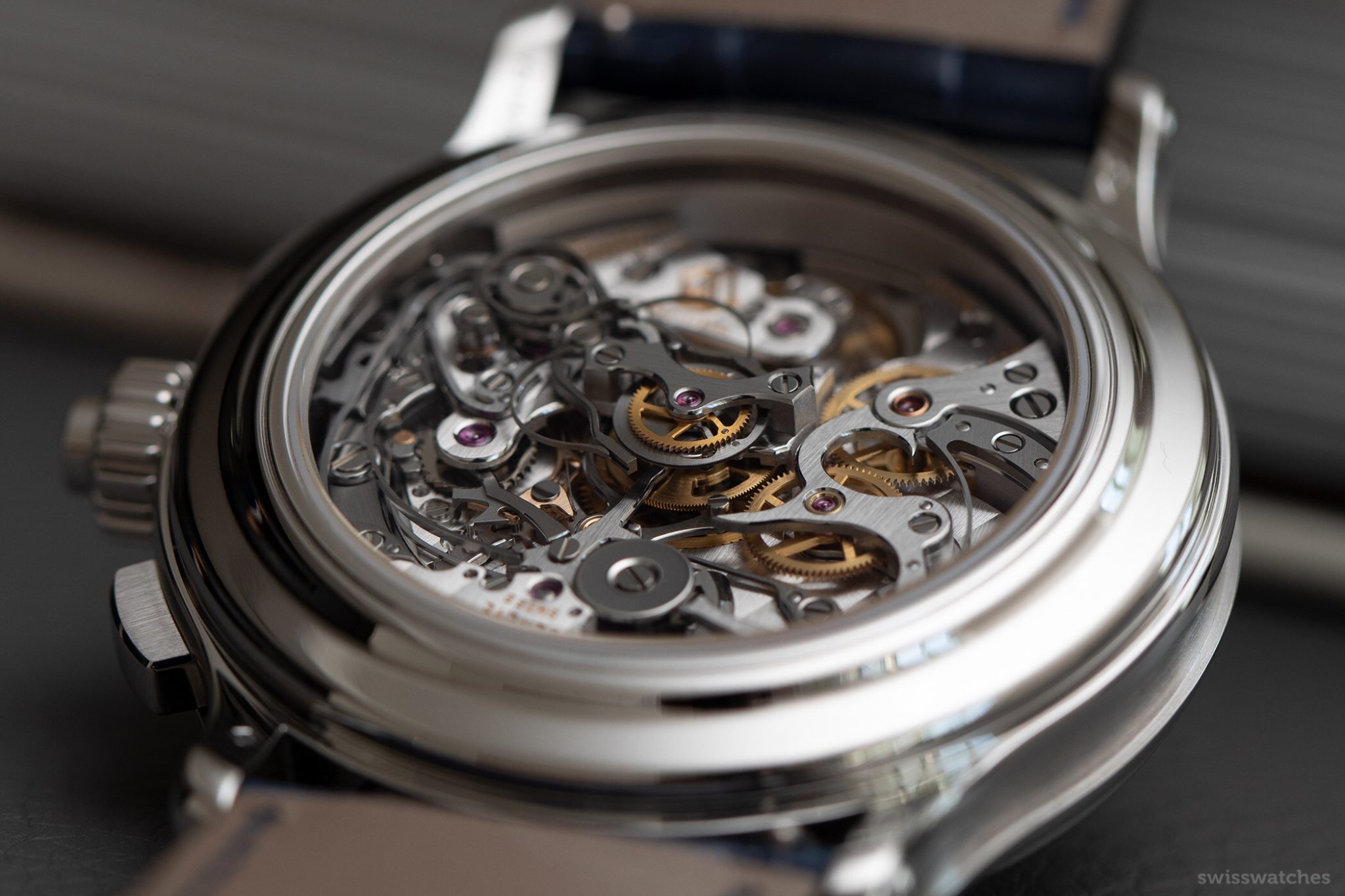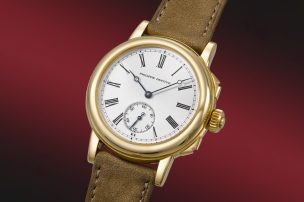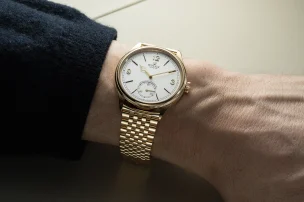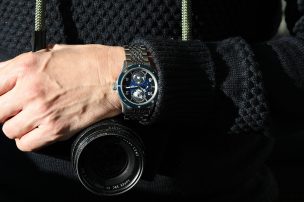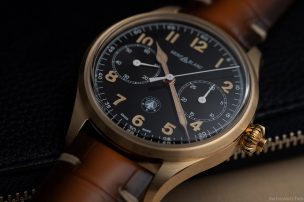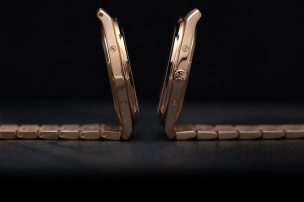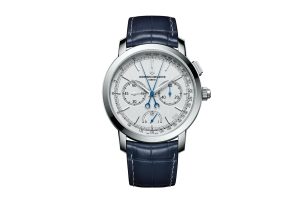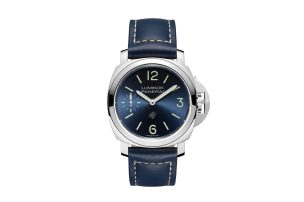
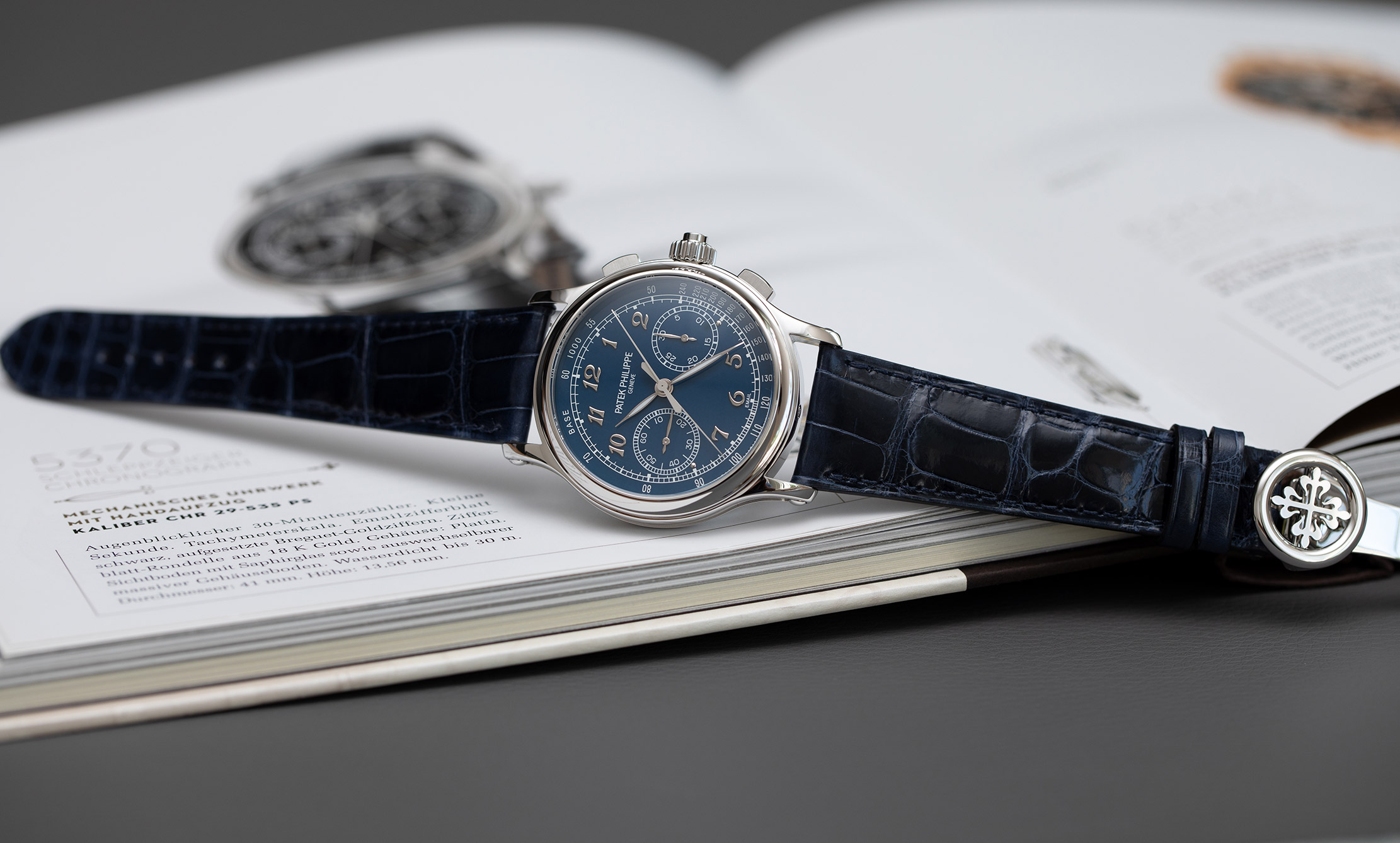
Patek Philippe 5370P-011 – The New Split-Seconds Chronograph in Blue
For means of being transparent, this article must start with a confession: the author of this story is not exactly unbiased. Blue, in all its many shades, is his colour – starting with his admiring view of the oceans, and not ending with a slowly but surely exuberant selection of jackets and shirts in every conceivable shade of blue. An already outstanding watch such as the new Patek Philippe 5370P-011, the highly exclusive split-seconds chronograph, now presented in blue, will be welcomed with open arms.
Aesthetics: Bestseller-Blue
This taste for blue is indeed undeniably common in the horological world. After all, blue watches have been on trend for years, not only in Hanseatic merchant cities, but also in the Asian market.
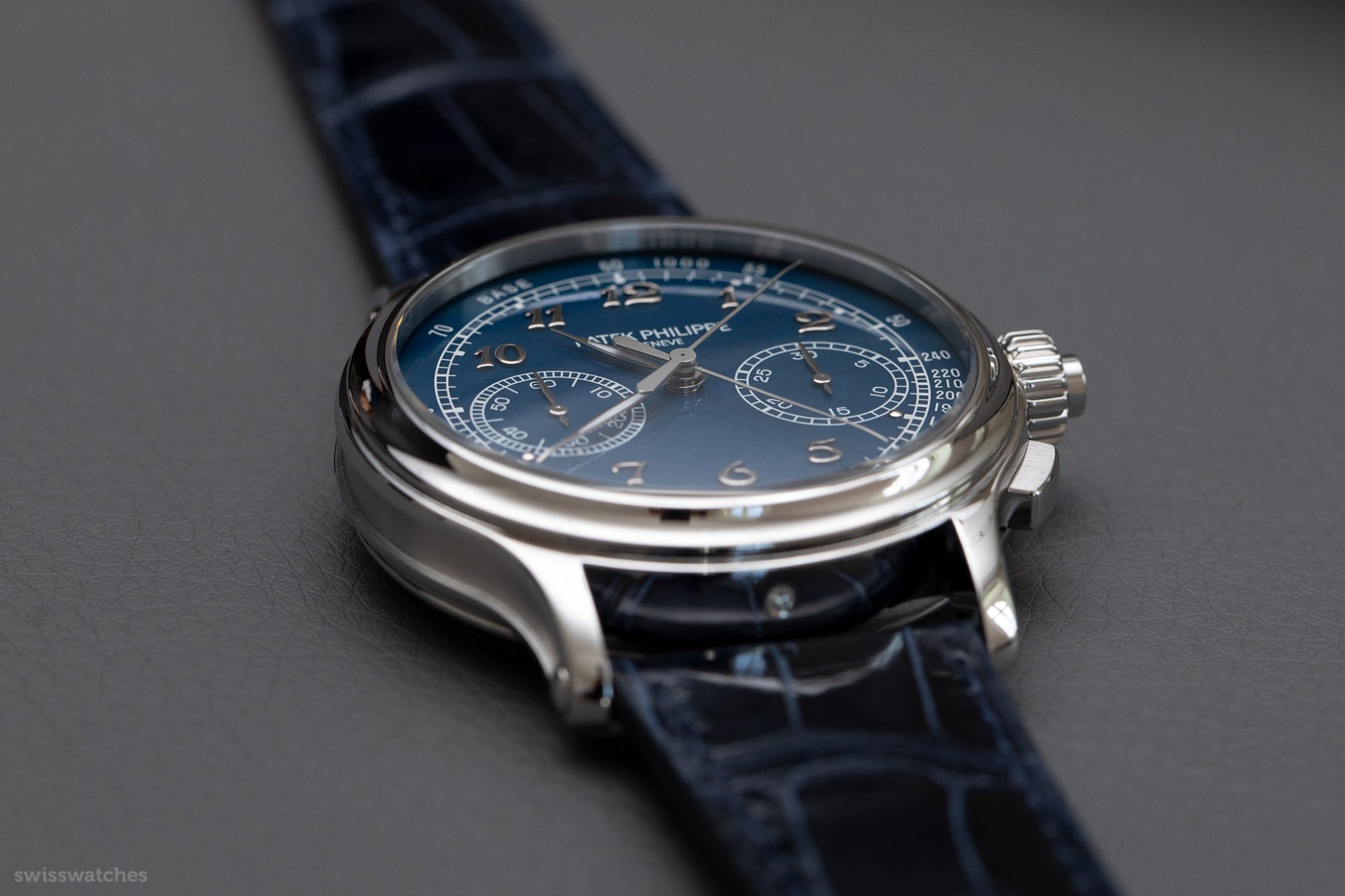
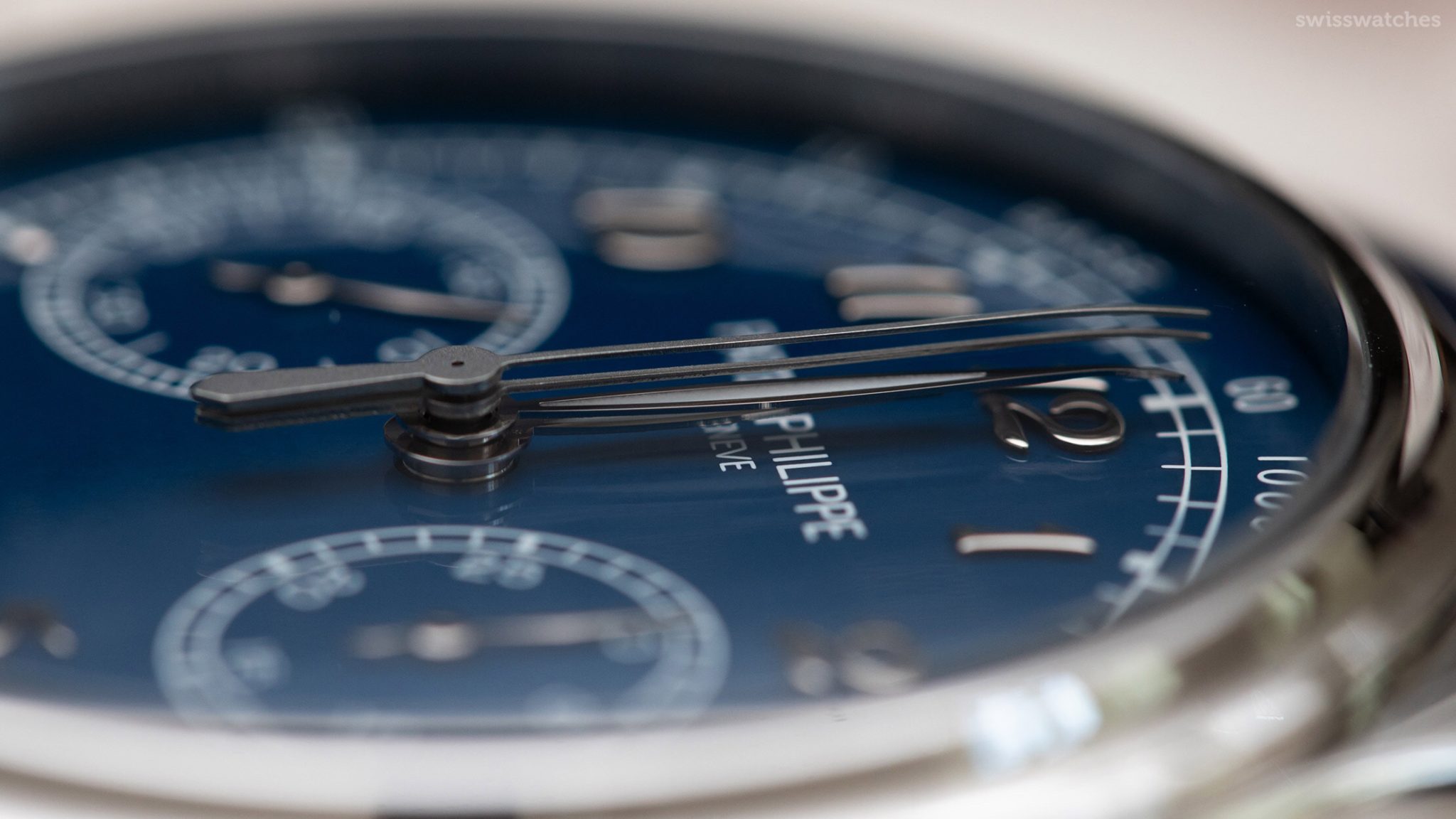
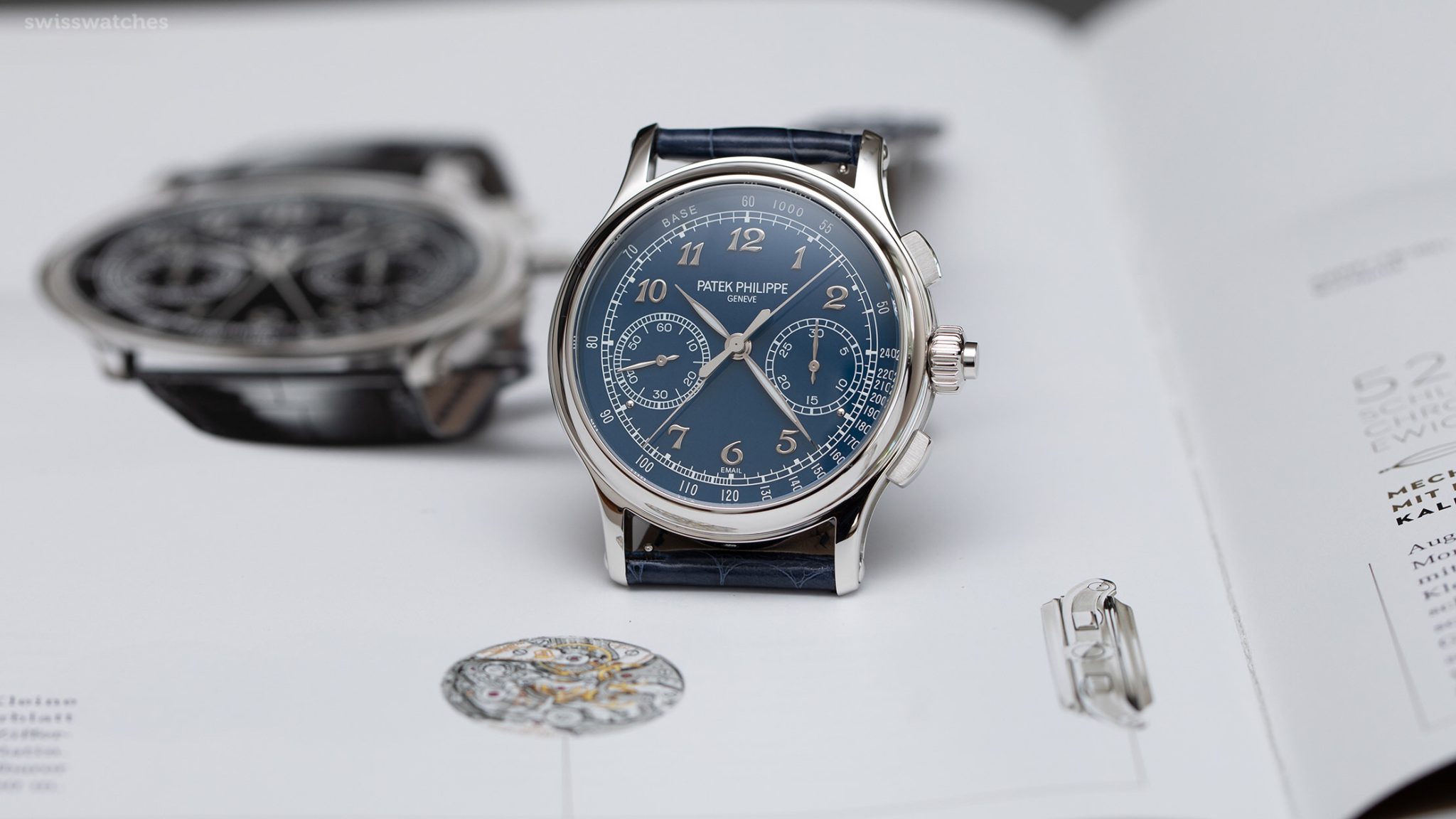
However, the reference 5370P does not necessarily have to appeal to the taste of the masses. Not only because of its price, which is around 236,000 euros, is it a niche model by nature. Rather, since Patek Philippe only produces the platinum model upon application and in very small quantities (a very low double-digit number of pieces per year, or so rumour has it), it is – and remains – something for connoisseurs and the highest league of Patek Philippe collectors.
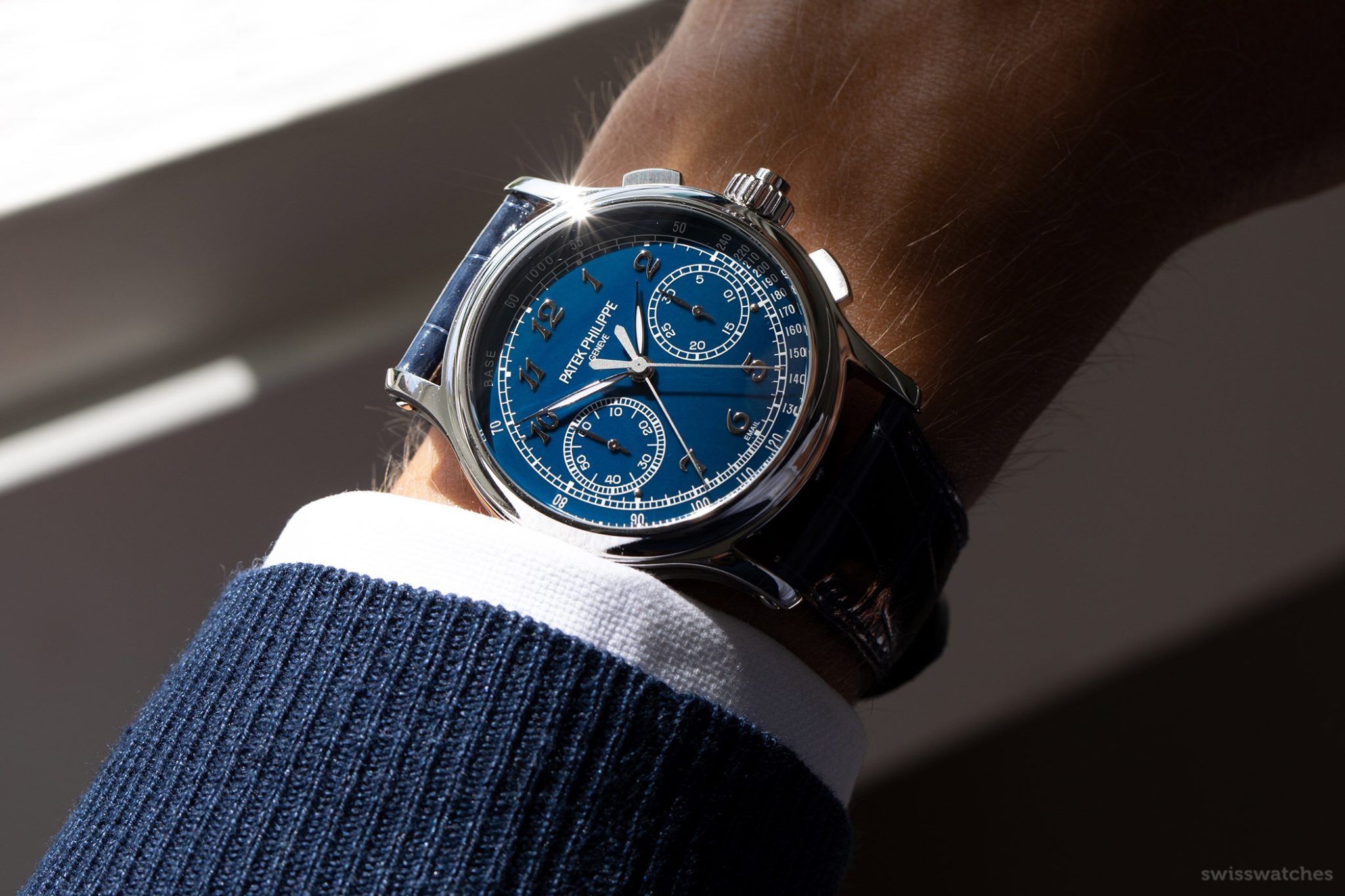
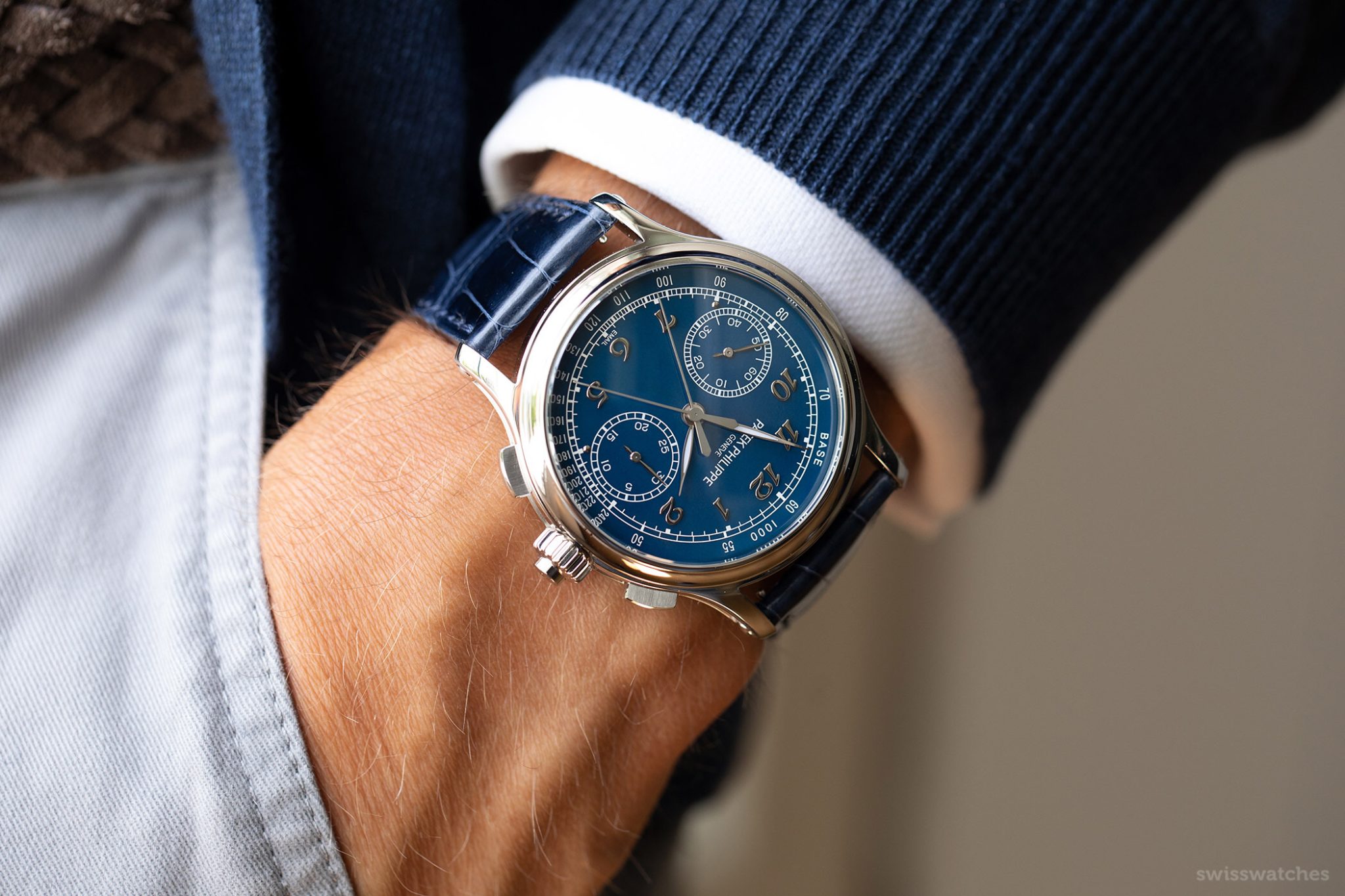
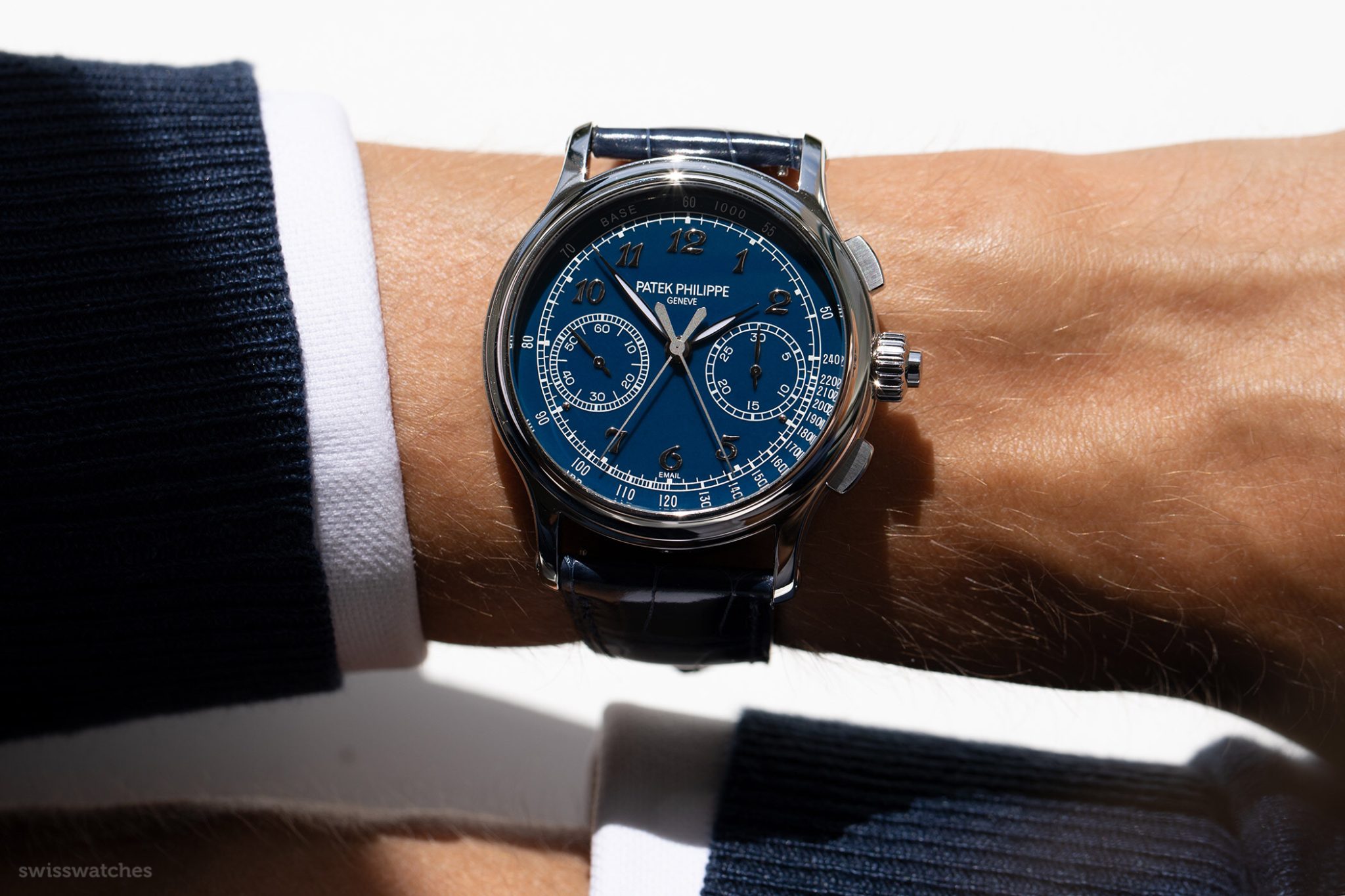
The blue version is replacing the original 5370P-001, which was introduced in black in 2015, and was enthusiastically received by collectors and experts at that time. It offered the best and most beautiful of the Patek Philippe world, and the enamel dial alone, baked at 850 degrees Celsius and polished for hours, was received with the utmost delight. Combined with Breguet numerals and housed in a 41 mm case, the unanimous opinion was that such an attractive Grande Complication had not been seen for a long time.
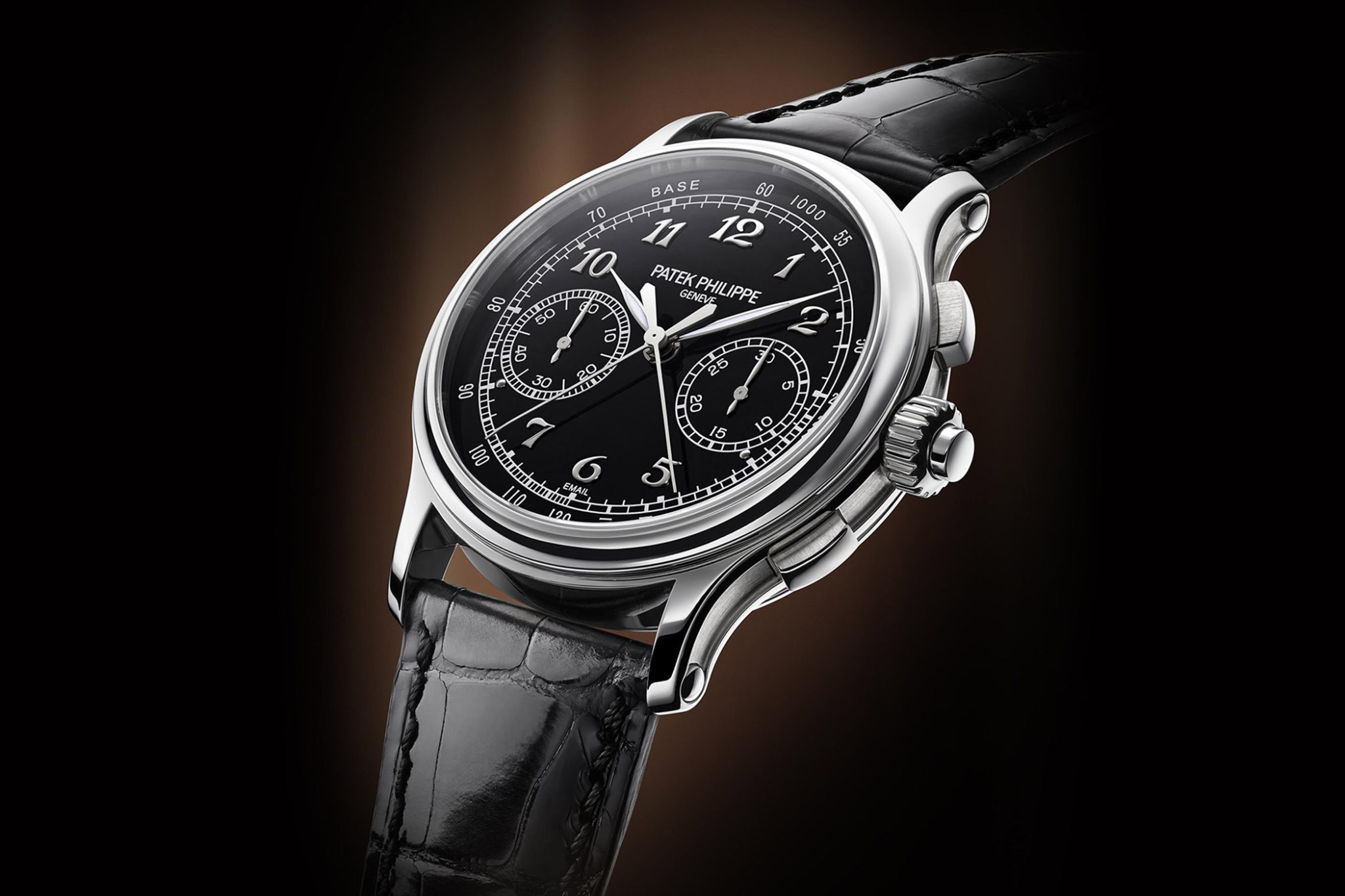
Reference 5370P-001 in black from 2015
The new blue 5370P is in no way inferior to it; the contrast between the heavenly radiant blue, white-gold numerals and white tachymeter scale and subdials make it extremely easy to read. The luminous “Grand Feu” dial makes it a somewhat more sporty shade than its maximally elegant black predecessor 5370 – if such a thing can be said about such a classic watch.
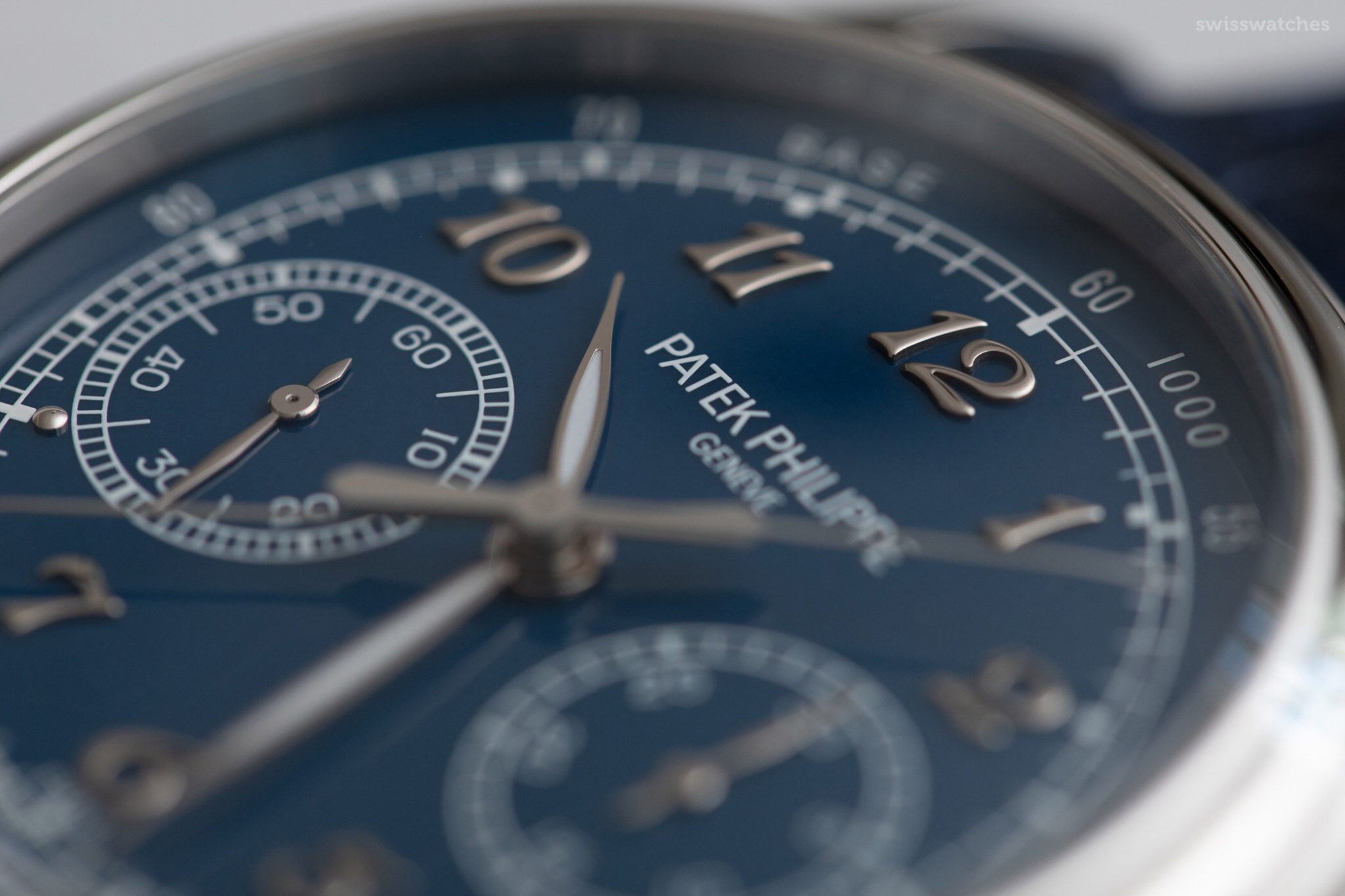
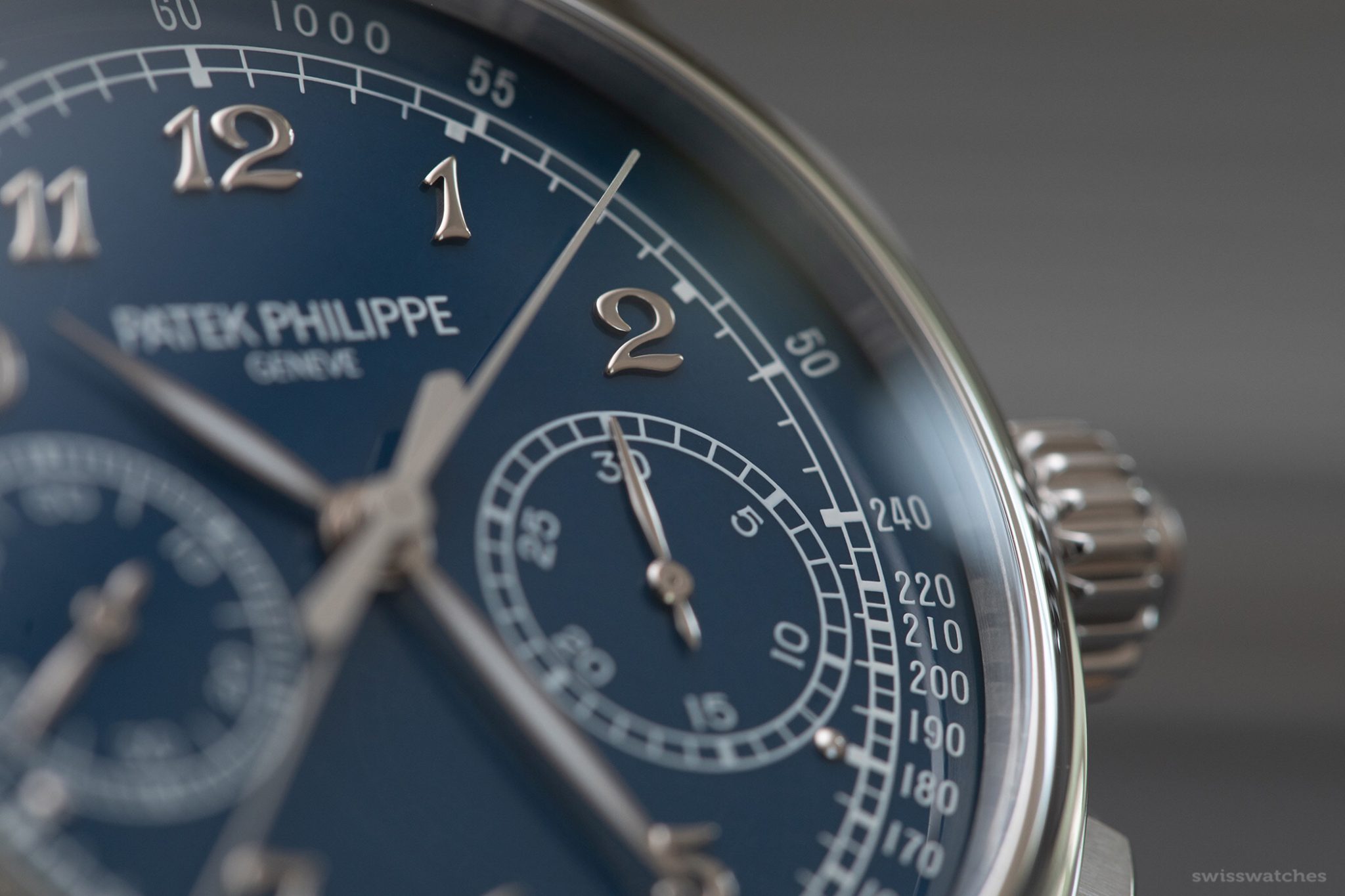
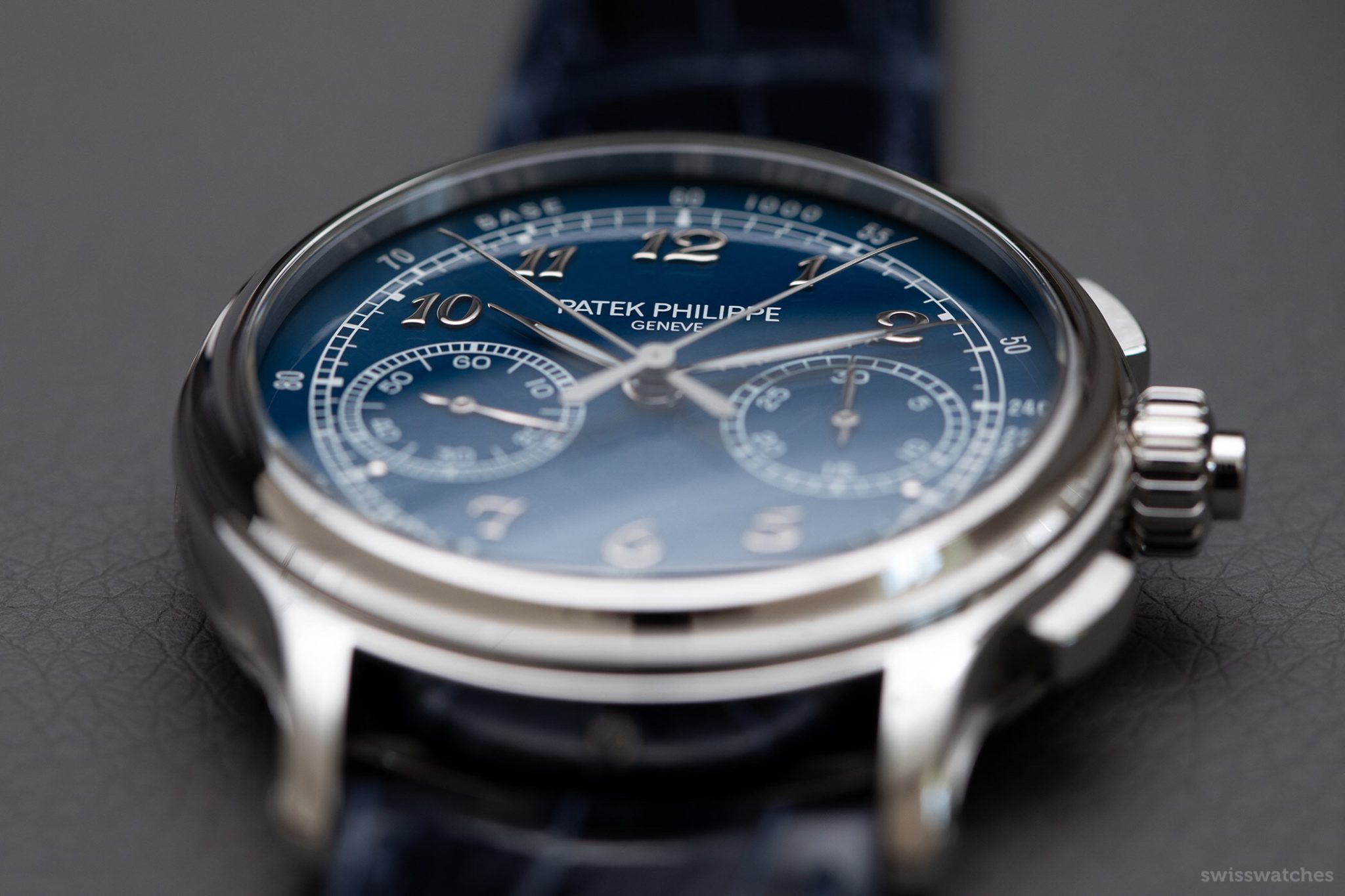
But here, too, the dial is enamel (a rarity in the Patek world) and the case, with its satin-finished sides and concave bezel, is beautifully finished. The only thing more beautiful is the view of the movement through the sapphire crystal back.
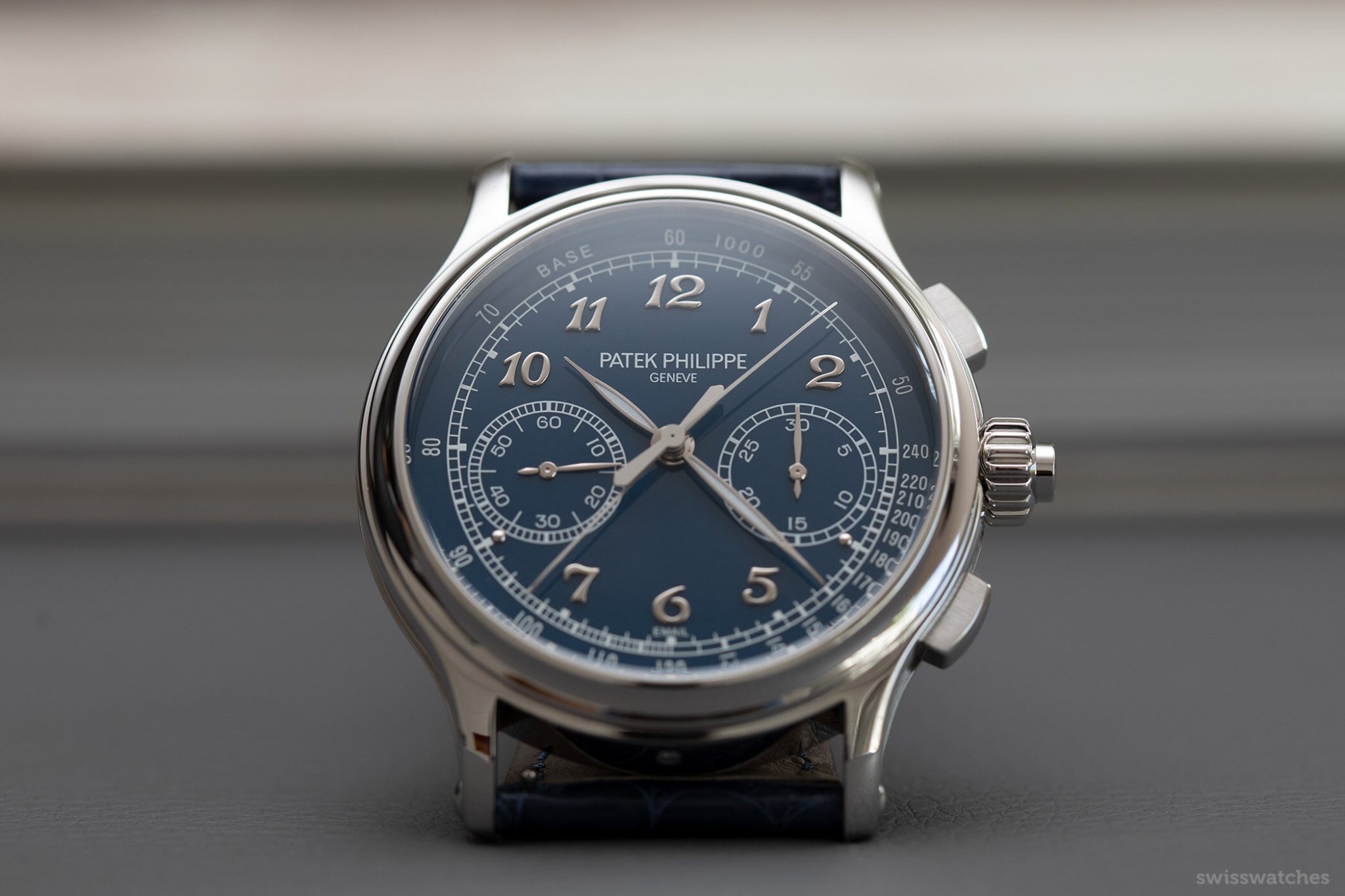
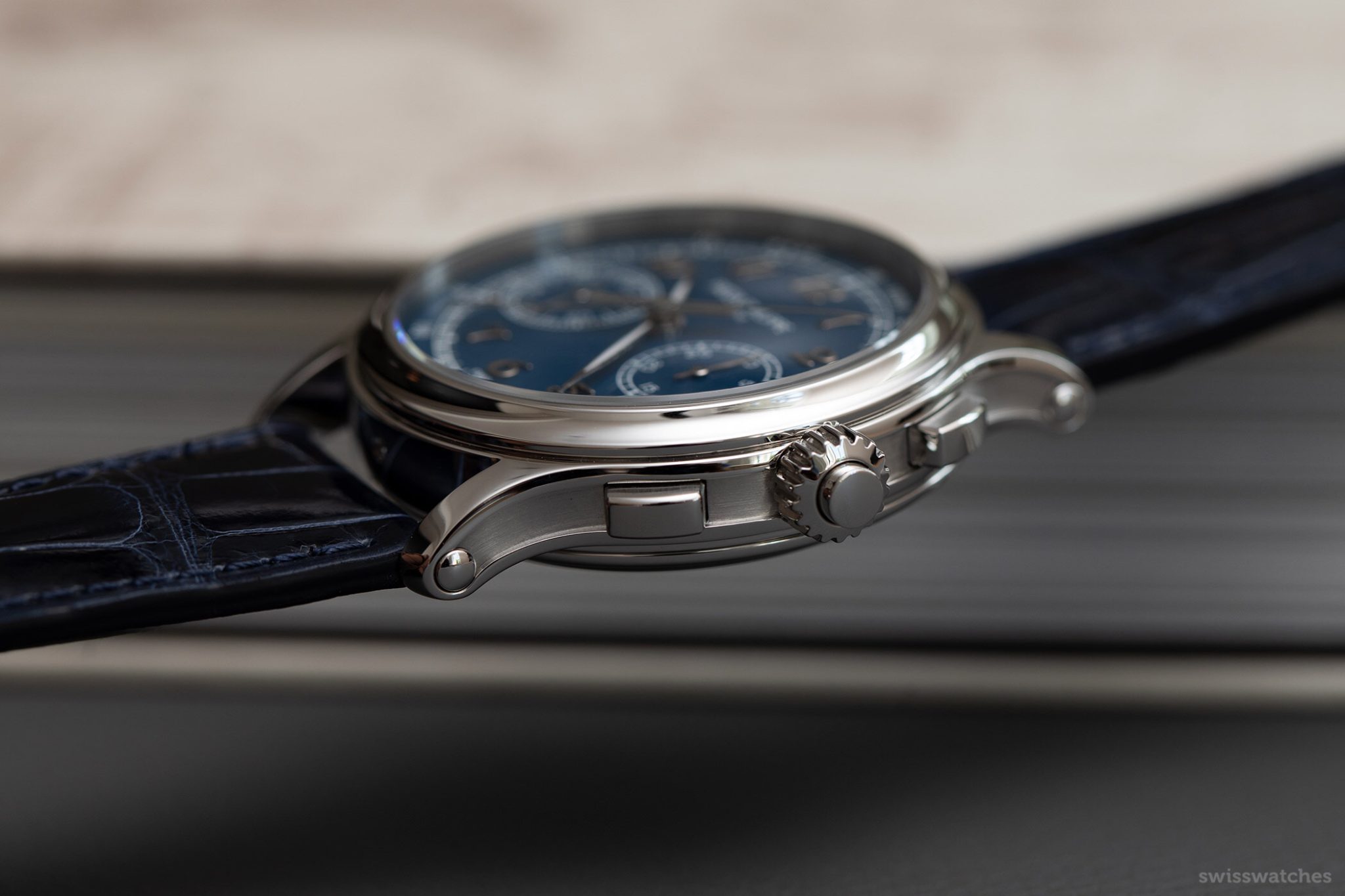
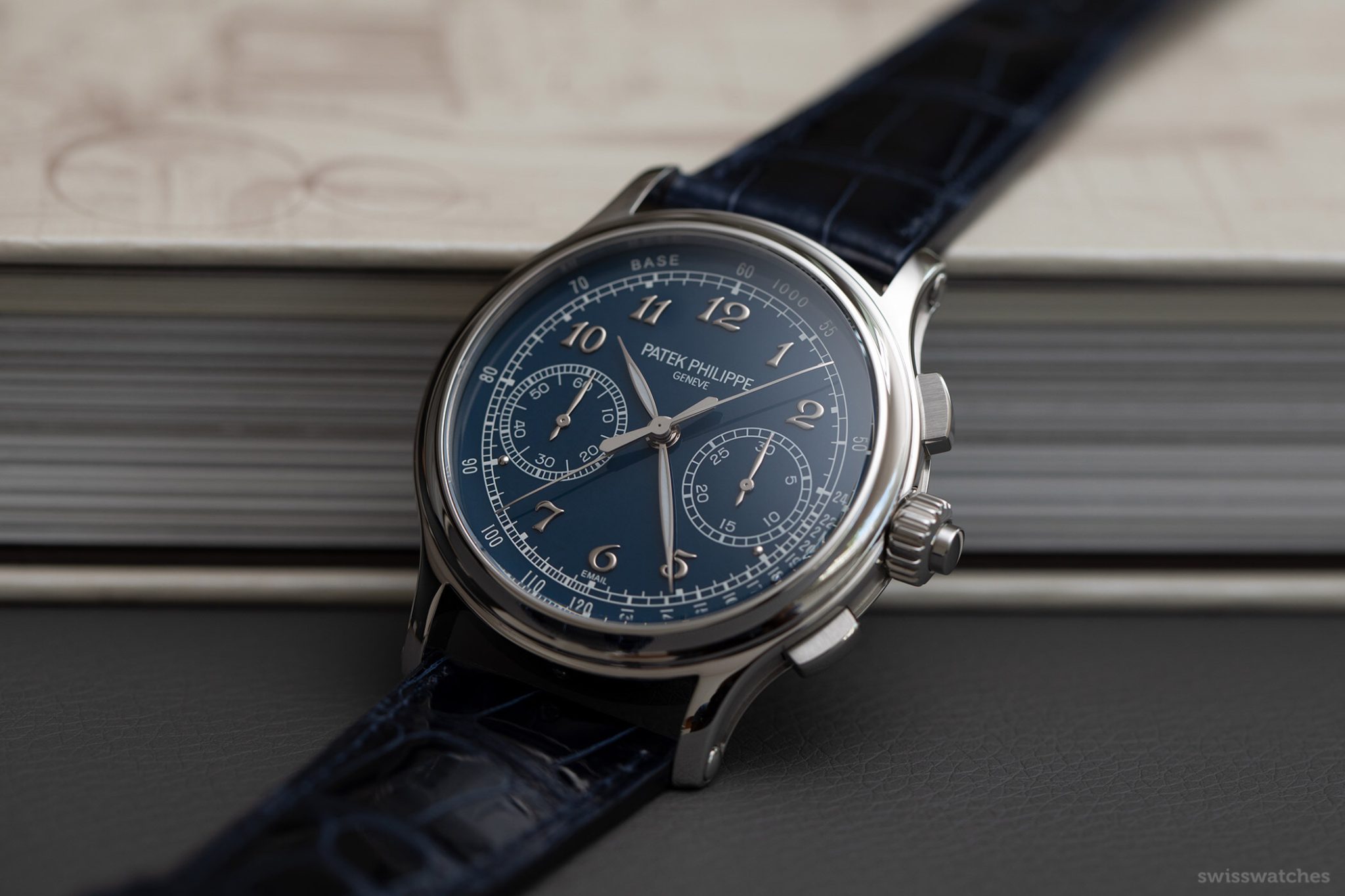
Inner values: The Split-Seconds Chronograph Movement
The caliber used is CHR 29-535 PS, a movement with a classic configuration with a horizontal coupling clutch. The split-second function is controlled by the two chronograph pushers and the pusher in the crown for the rattrapante (“catch-up”) function. The movement is distinguished by its outstanding quality, with a maximum deviation of 3 seconds per day.
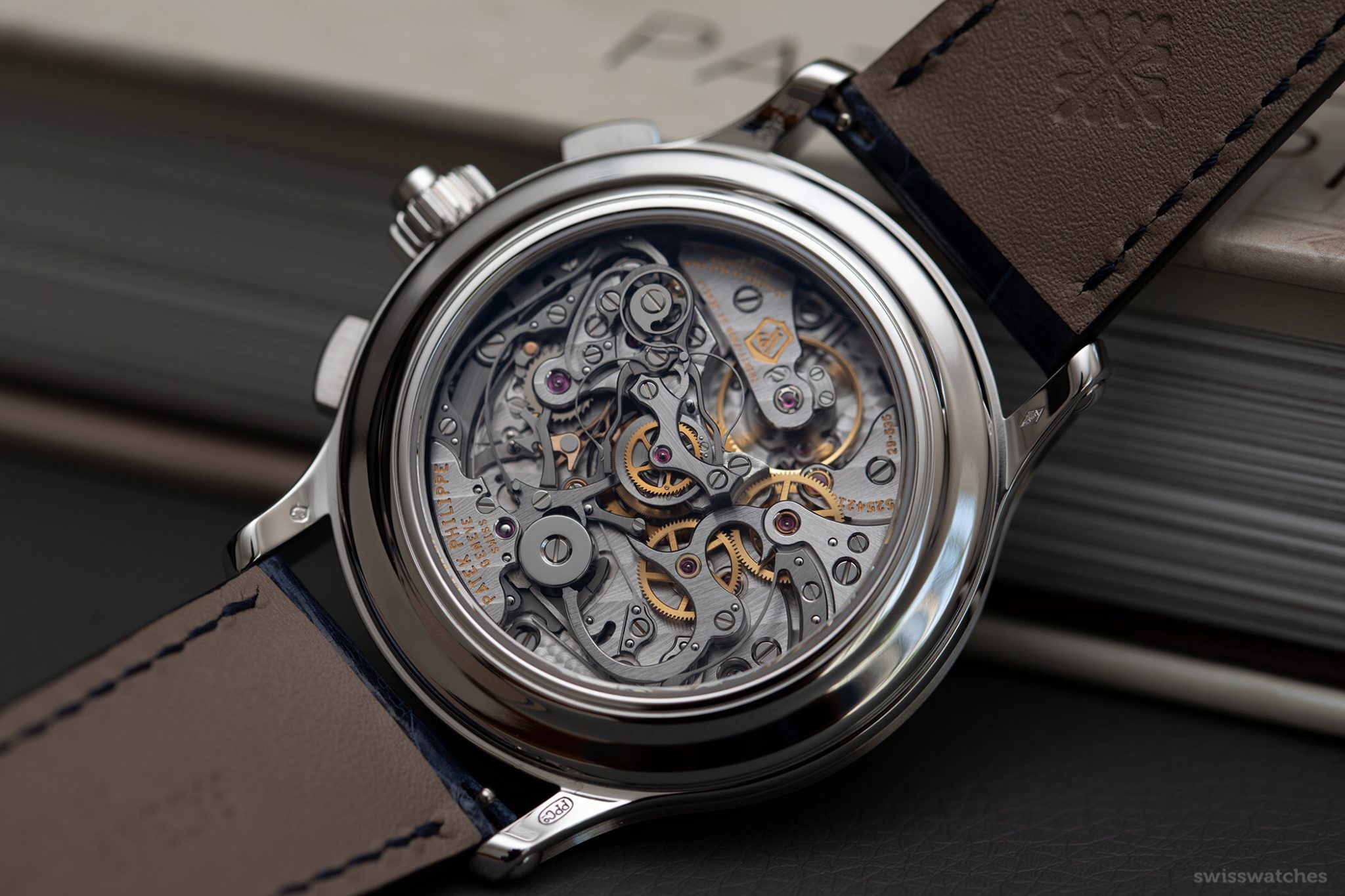
In general, drag pointer chronograph movements are regarded as an especially complex category of watchmaking. However, it should not be forgotten that other models with this function (for example at IWC) can be obtained for a fraction of the 5370 price. However, what these other models cannot do is display the finesse and haute horlogerie finishings of this Patek Philippe, which uses a calibre that is considered to be one of the best chronograph movements in the world, and which, with its numerous innovations, makes the stopping process as precise and fluid as possible.
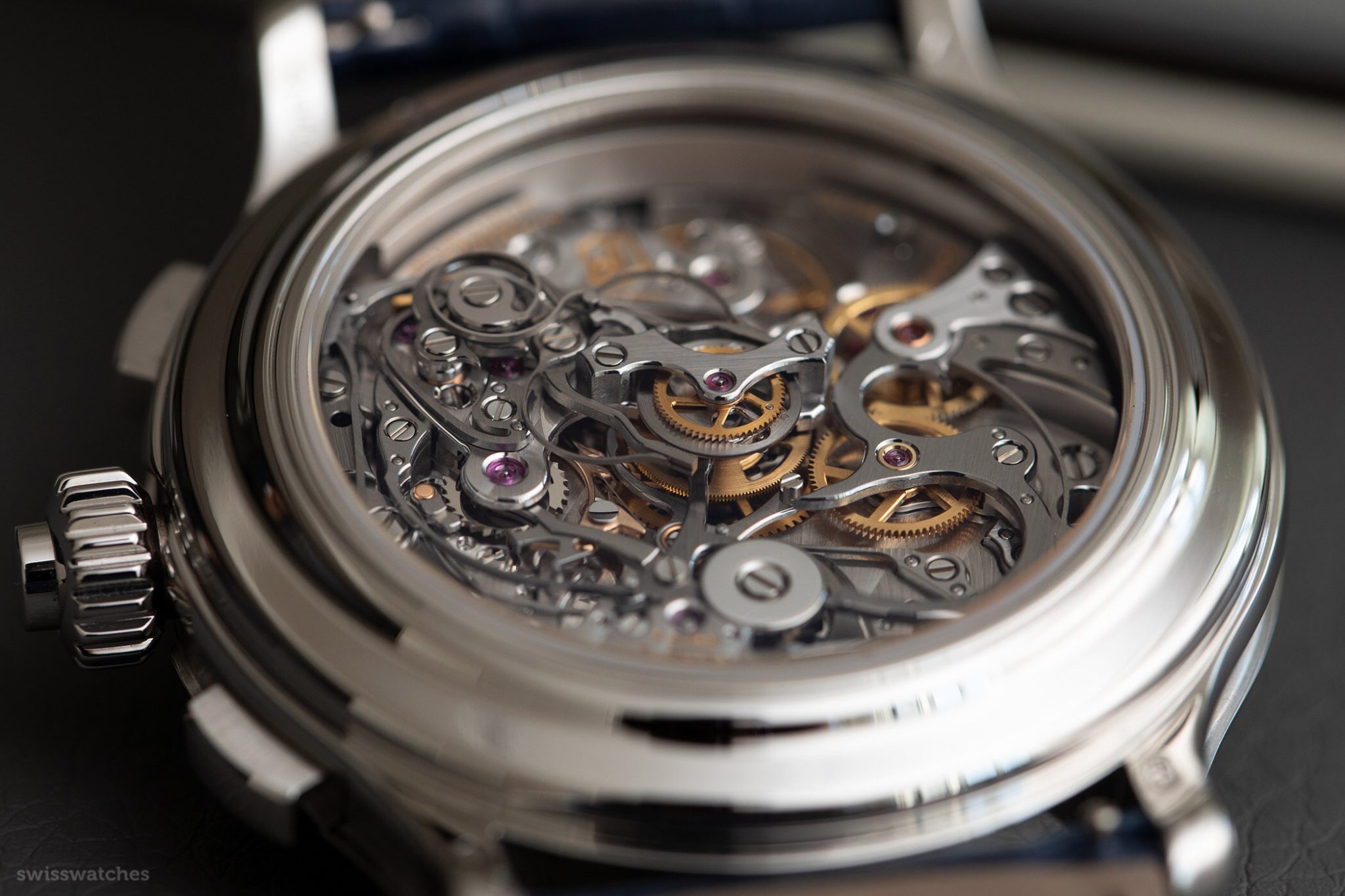
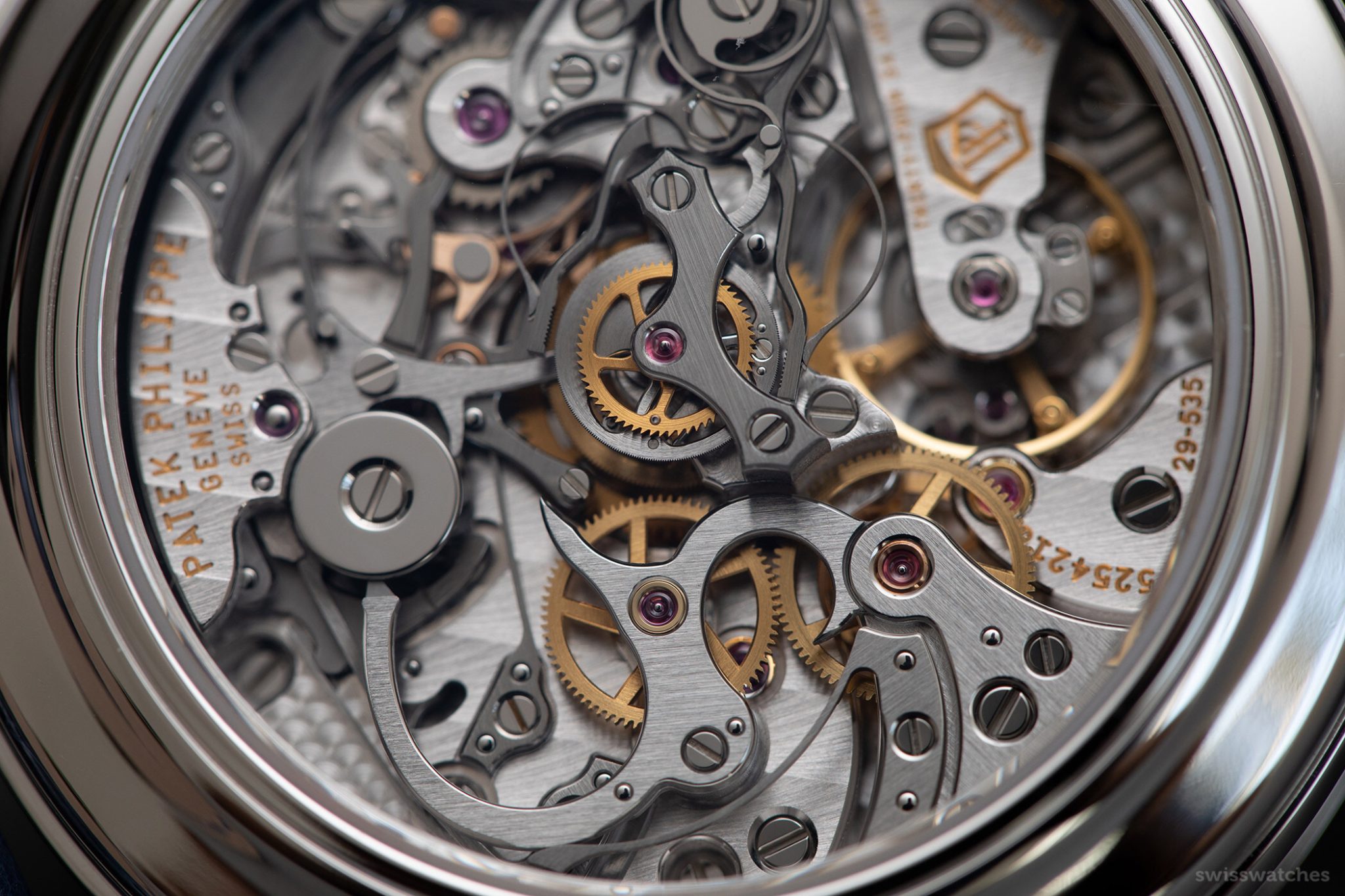
Comparing the movement (calibre CHR 29‑535 PS) of the 5370P to the movement (calibre CH 29‑535 PS Q) of the 5270J from the open caseback side, following can be noted: The split-seconds chronograph (5370P) looks more complex then the chronograph movement with perpetual calendar (5270J). Furthermore, the movement of the 5270J with its 456 components has a diameter of 32 mm and a height of 7 mm, whereas the 5370P with 312 components measures 29,6 mm diameter and even 7,1 mm in height. One would expect that two complications (perpetual calendar & chronograph) take up more space then a split-seconds chronograph, because it also needs more components.
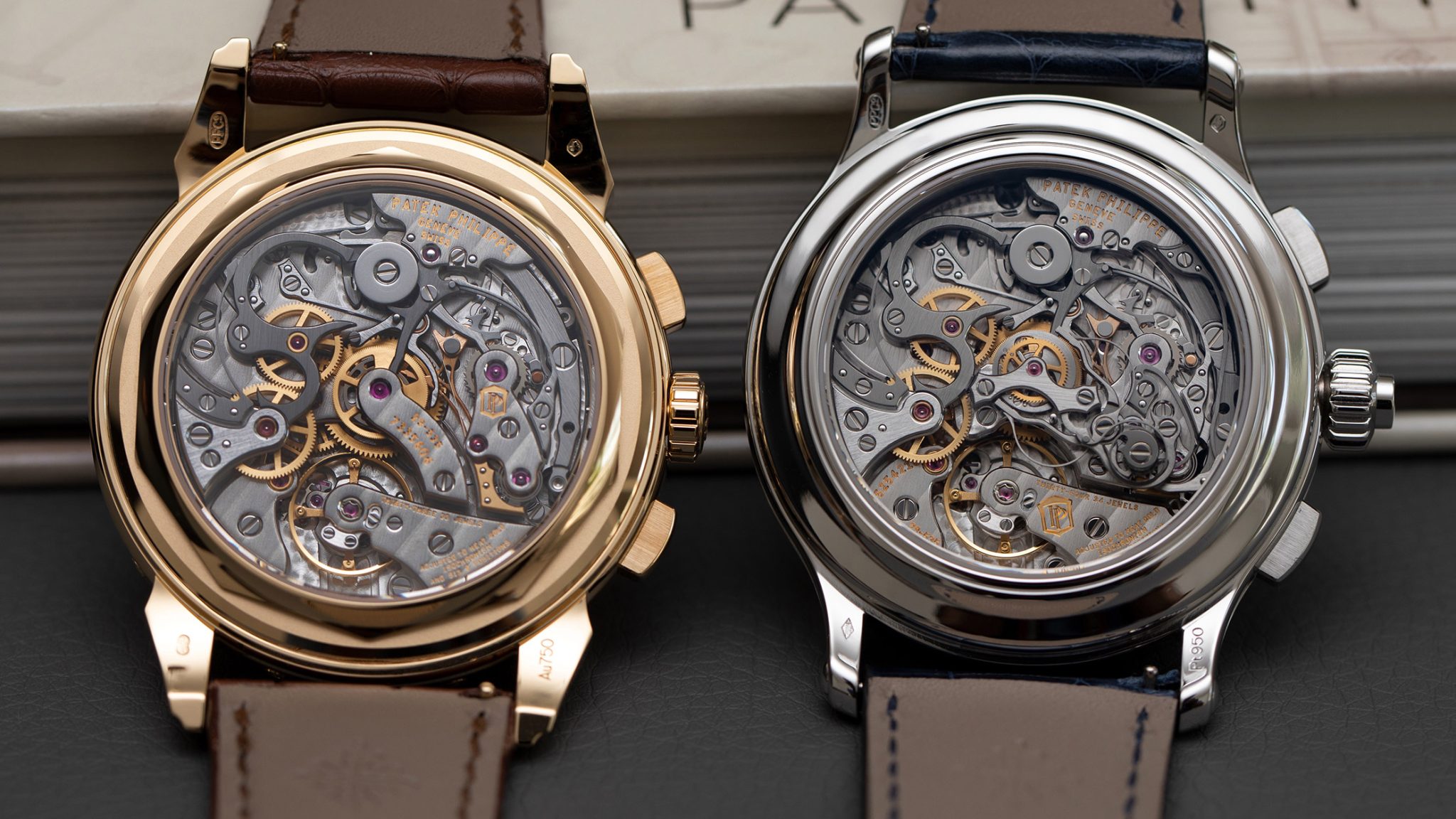
The reason is that both references are built upon the same base calibre, but the split-seconds chronograph is more complex then a classical chronograph, as it needs a second start-stop mechanism. And through the caseback of both references only the two different chronograph mechanisms become visible, whereas the calendar module is not displayed. As for the split-seconds chronograph, a second chronograph is built on top of the basic mechanism and this actually takes up more space in its construction then a classical chronograph with perpetual calendar. The bigger diameter of the 5270J movement is due to the calendar module.
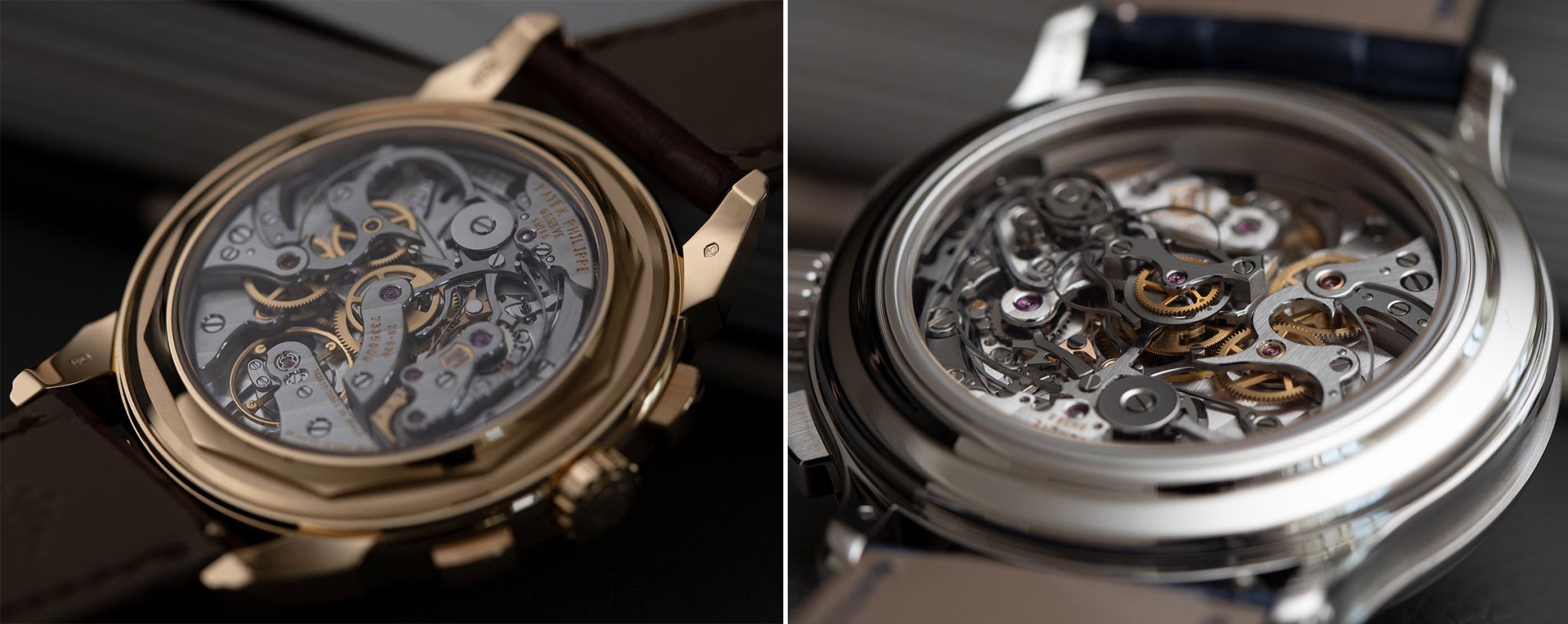
The Meaning: Patek Philippe Remains Unpredictable
The COVID-19-year, 2020, has fully changed the world of watches. At Patek Philippe, however, the same still essentially applies: the clear view into a crystal ball to predict what the Stern family plans to present in terms of new products can be safely sidestepped. Some people may have speculated that the new chronograph 5172 presented last year (also in blue) might be available in another color variant. Or that in these unsettled times, one might be more interested in entering the Patek-Philippe world at a lower price, and perhaps present a novelty in the Calatrava range once again.
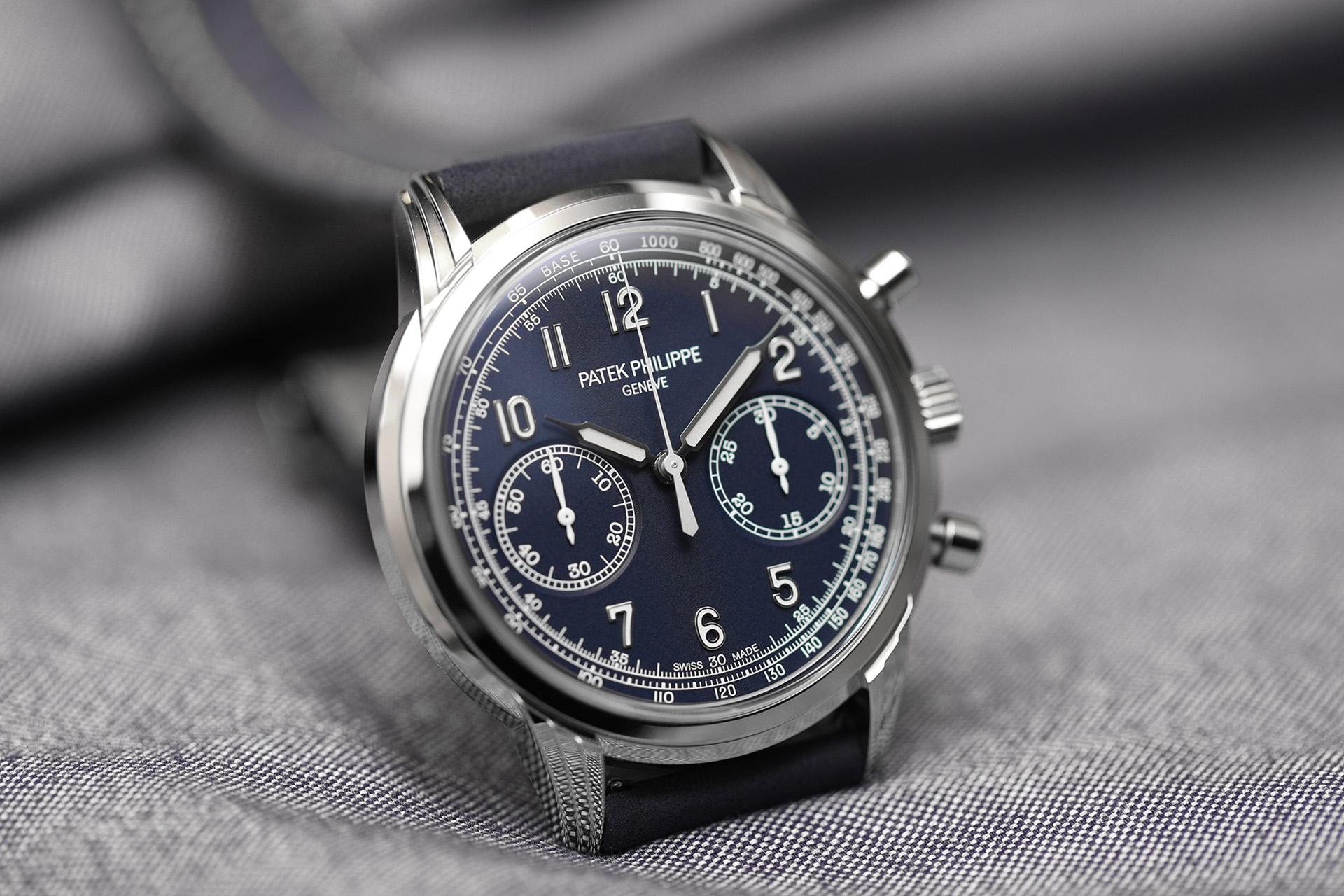
Reference 5172 in blue from 2019
But in Geneva, Patek Philippe are instead cultivating the absolute top of the collection, with the new perpetual calendar chronograph Ref. 5270J, with the 5303R and, of course, with the now blue 5370P-011. It is a new interpretation that is sure to delight collectors. And the fact that the black 5370P-001 is no longer in production also ensures that this model, which is produced so rarely, is certain to maintain its high value, not to mention its appeal and prestige.
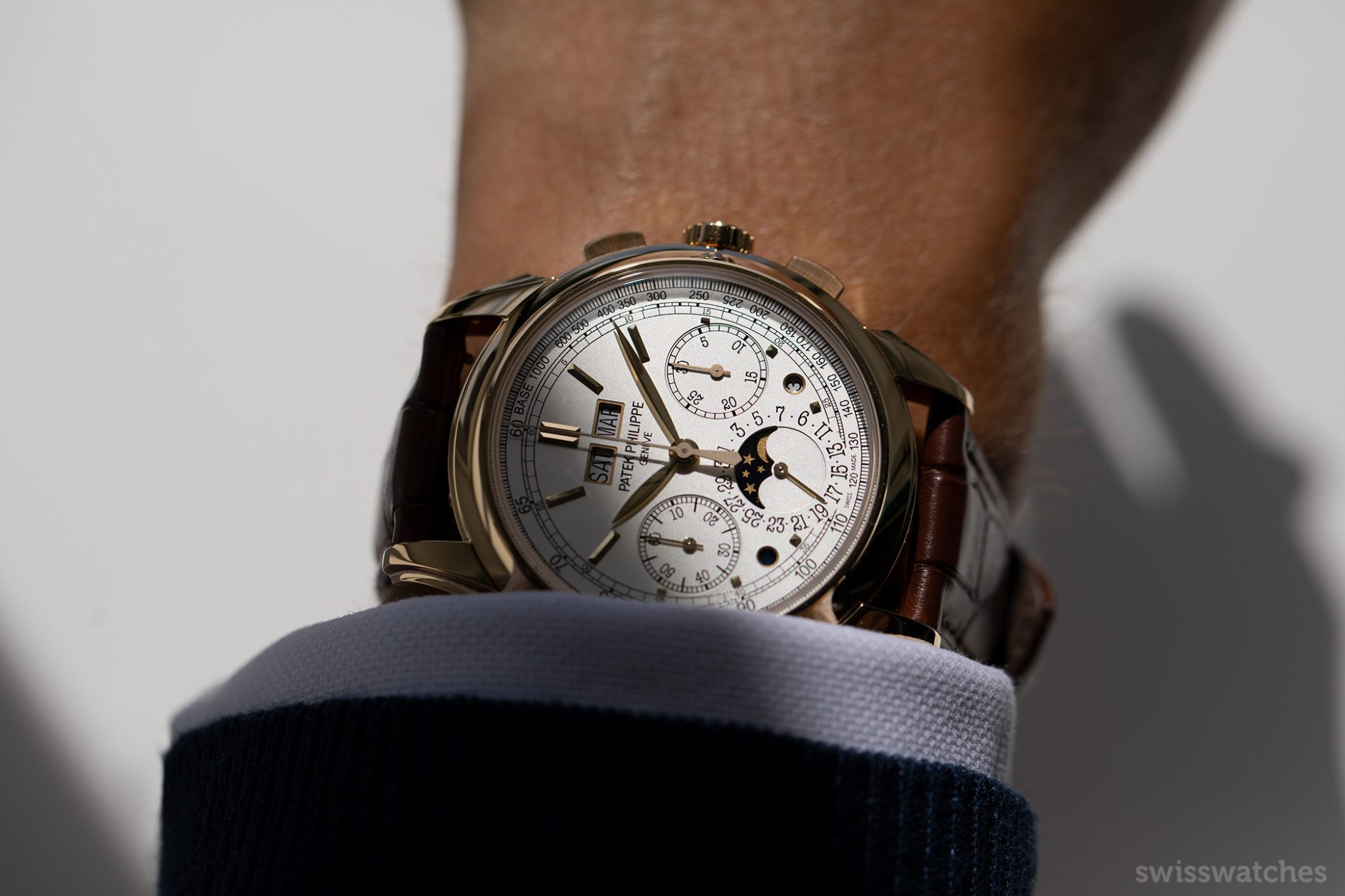
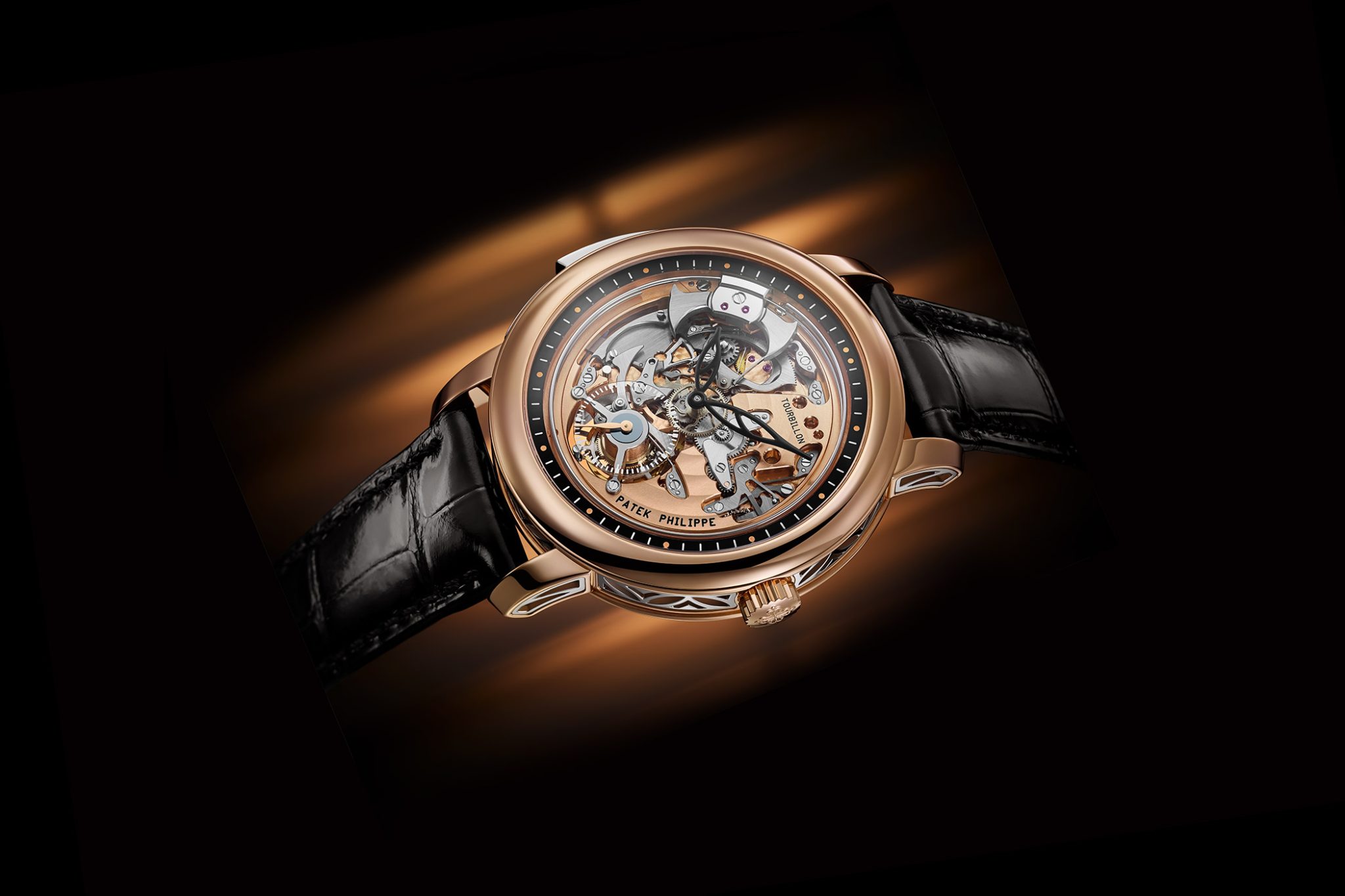
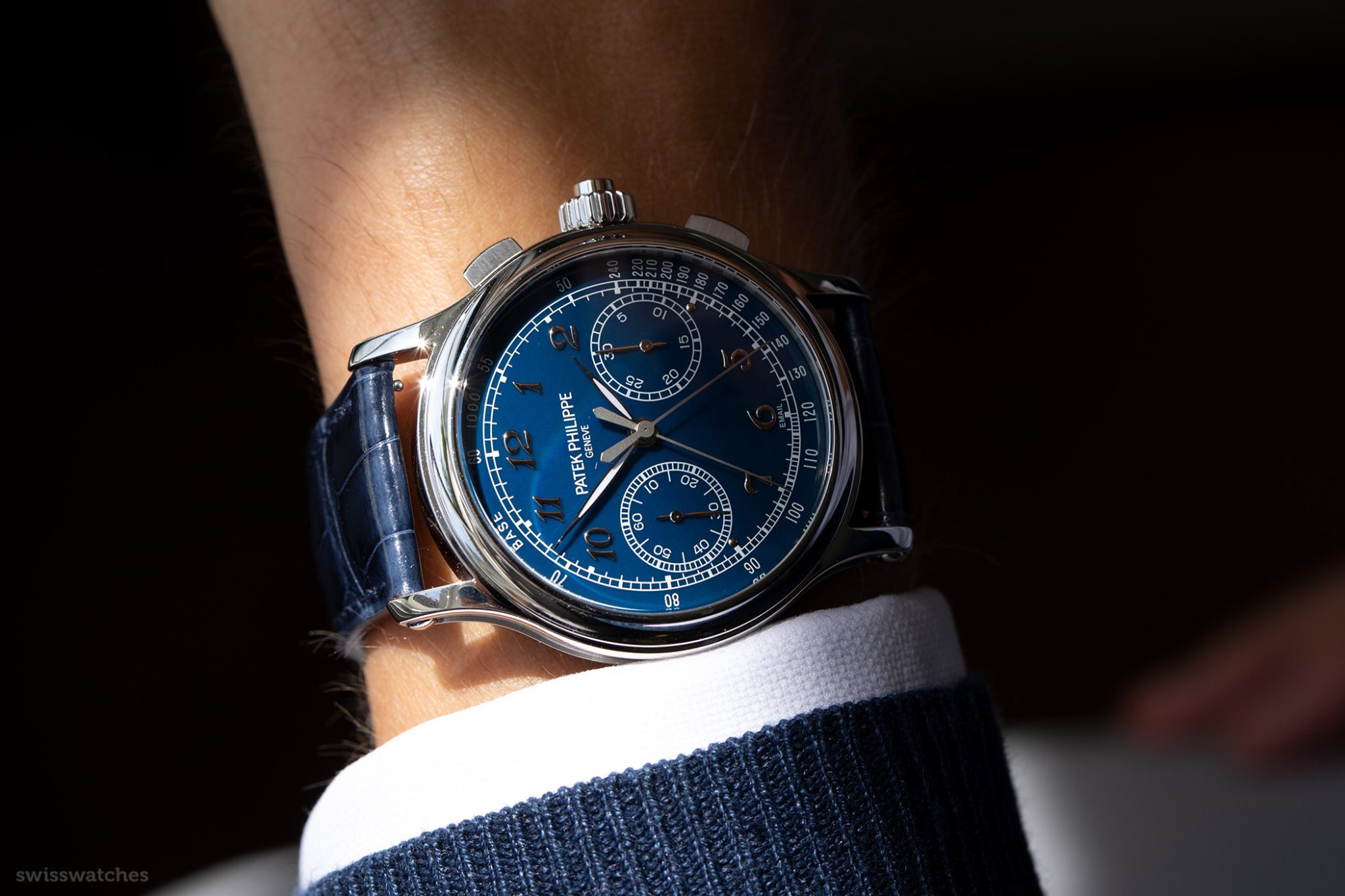
FEATURES
| BRAND: | Patek Philippe |
| MODEL: | Grand Complications – Split-Seconds Chronograph |
| REFERENCE: | 5370P-011 |
| CASE MATERIAL: | Platinum |
| DIMENSIONS: | Diameter: 41.0 mm Height: 13.56 mm |
| WATER RESISTANCE: | 3 bar (~ 30 m) |
| DIAL: | Grand Feu blue enamel, gold applied Breguet numerals. 18K gold dial plate |
| STRAP/BRACELET: | Alligator leather, hand-stitched, shiny dusk blue |
| MOVEMENT: | Calibre CHR 29-535 PS |
| MOVEMENT TYPE: | Manual winding |
| POWER RESERVE: | With the chronograph disengaged: min. 55 – max. 65 hours |
| FREQUENCY: | 28,800 vph, 4 Hz |
| FUNCTIONS: | Hours, Minutes, Small seconds, Split-seconds chronograph, Instantaneous 30-minute counter |
| PRICE: | ≈ EUR 236,000 |
